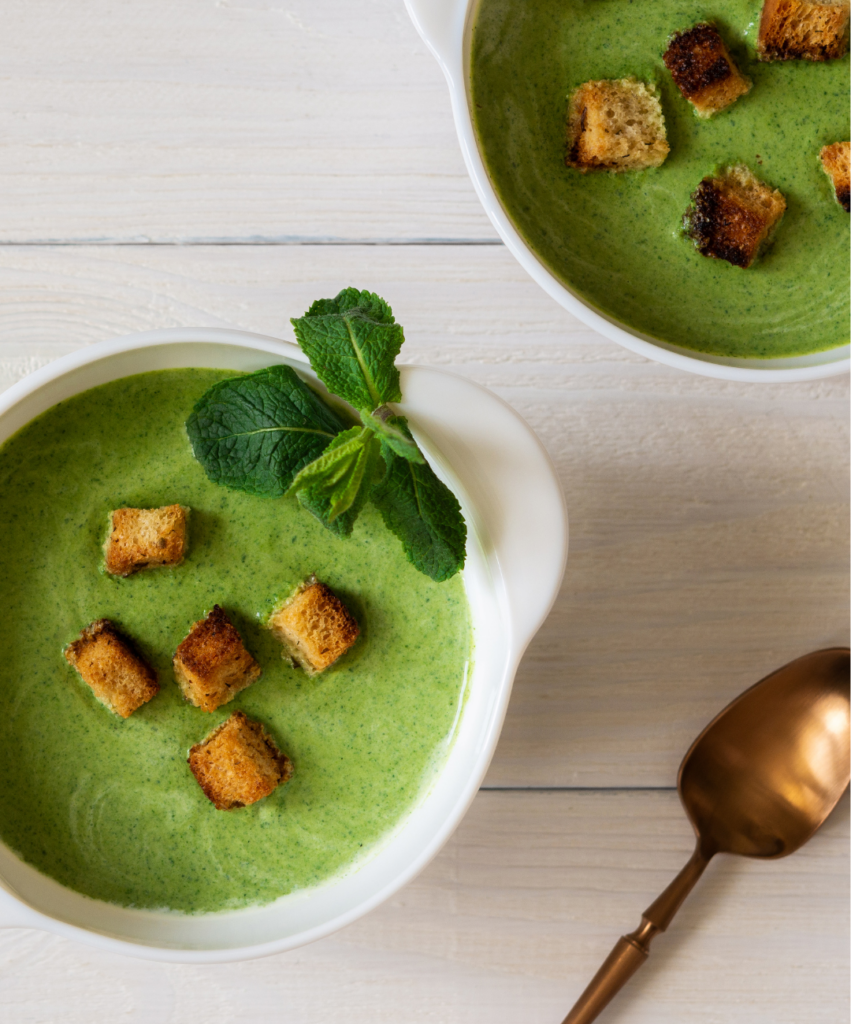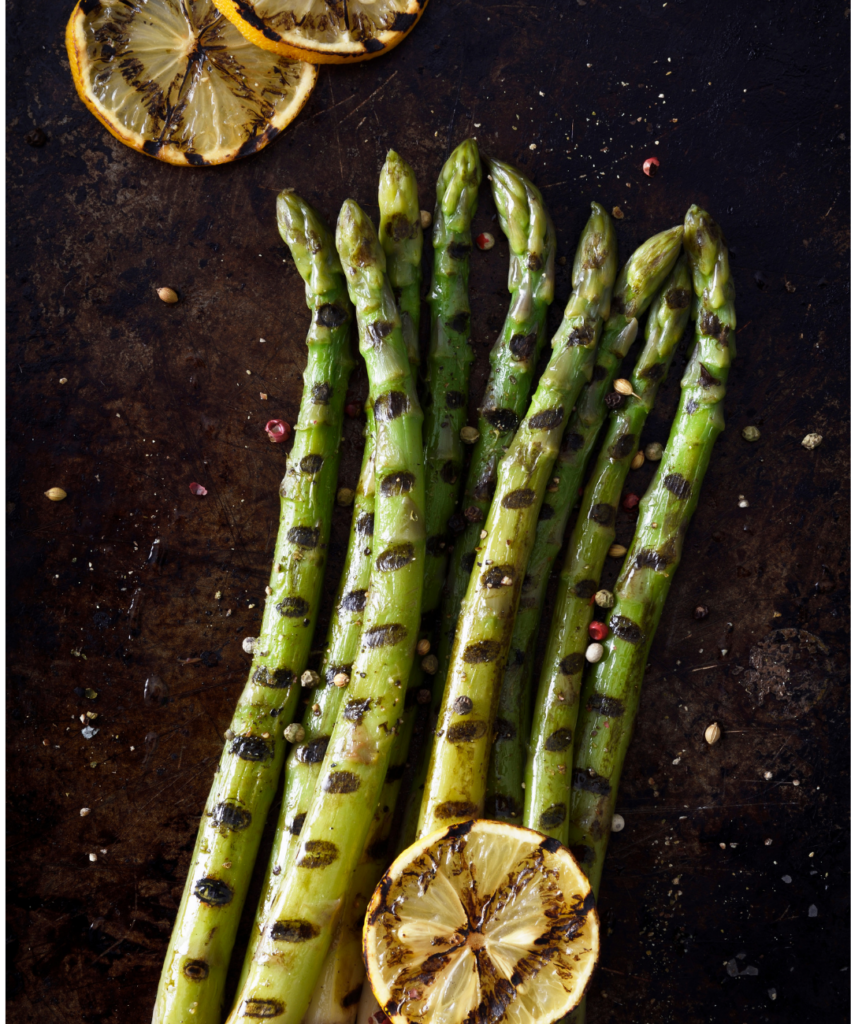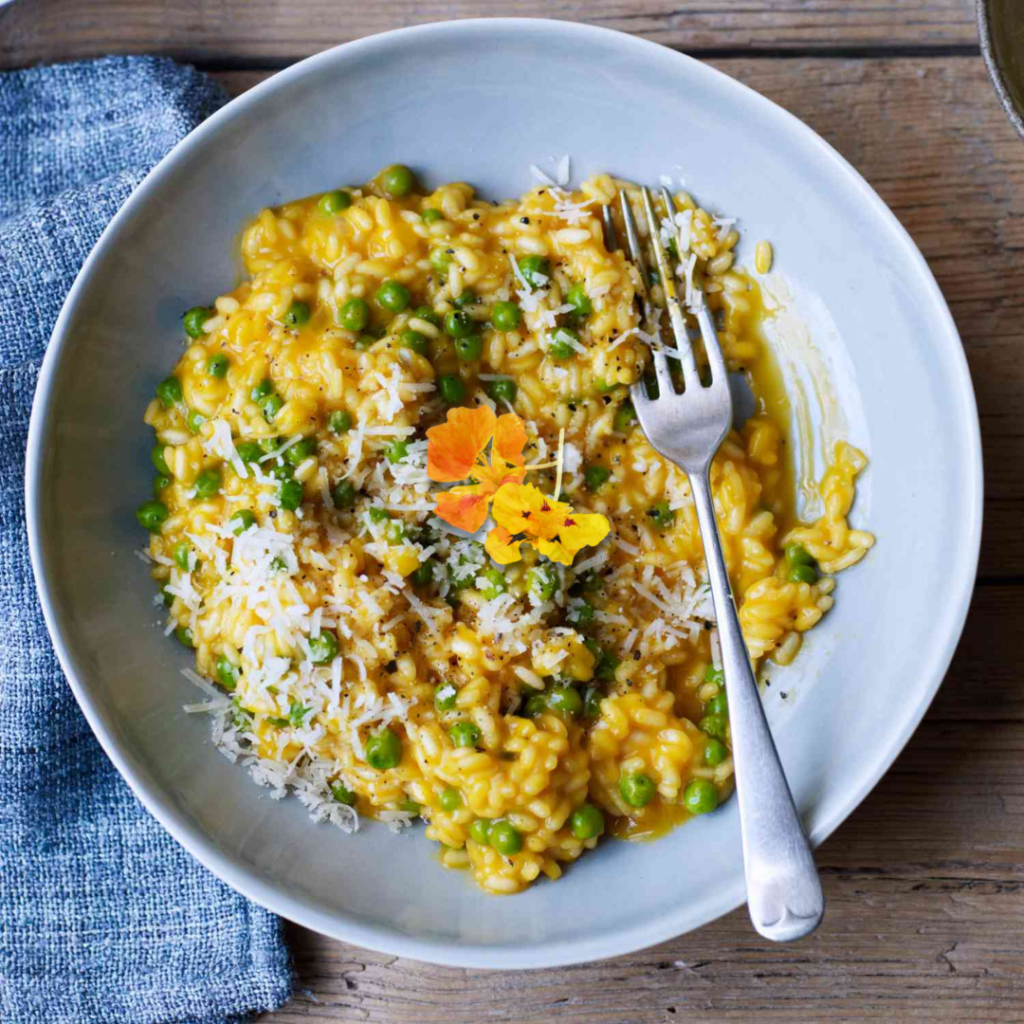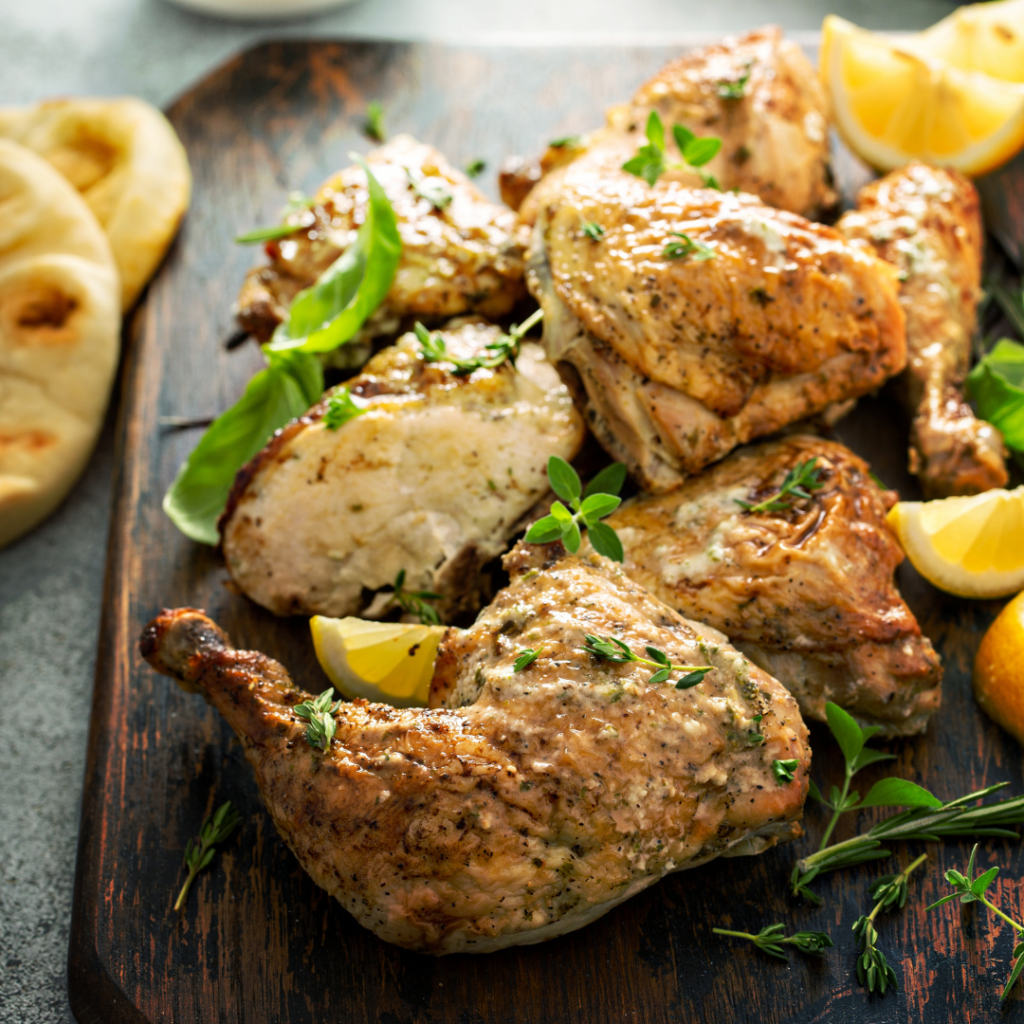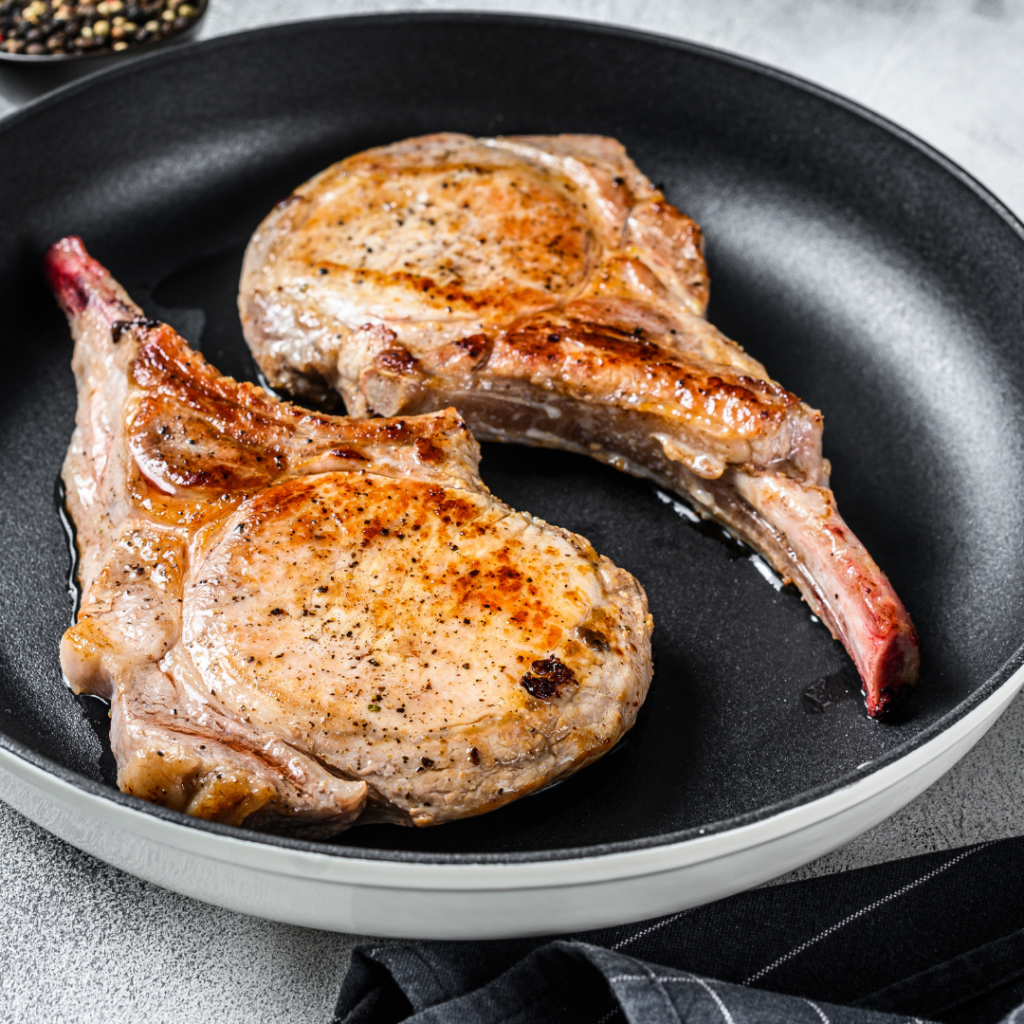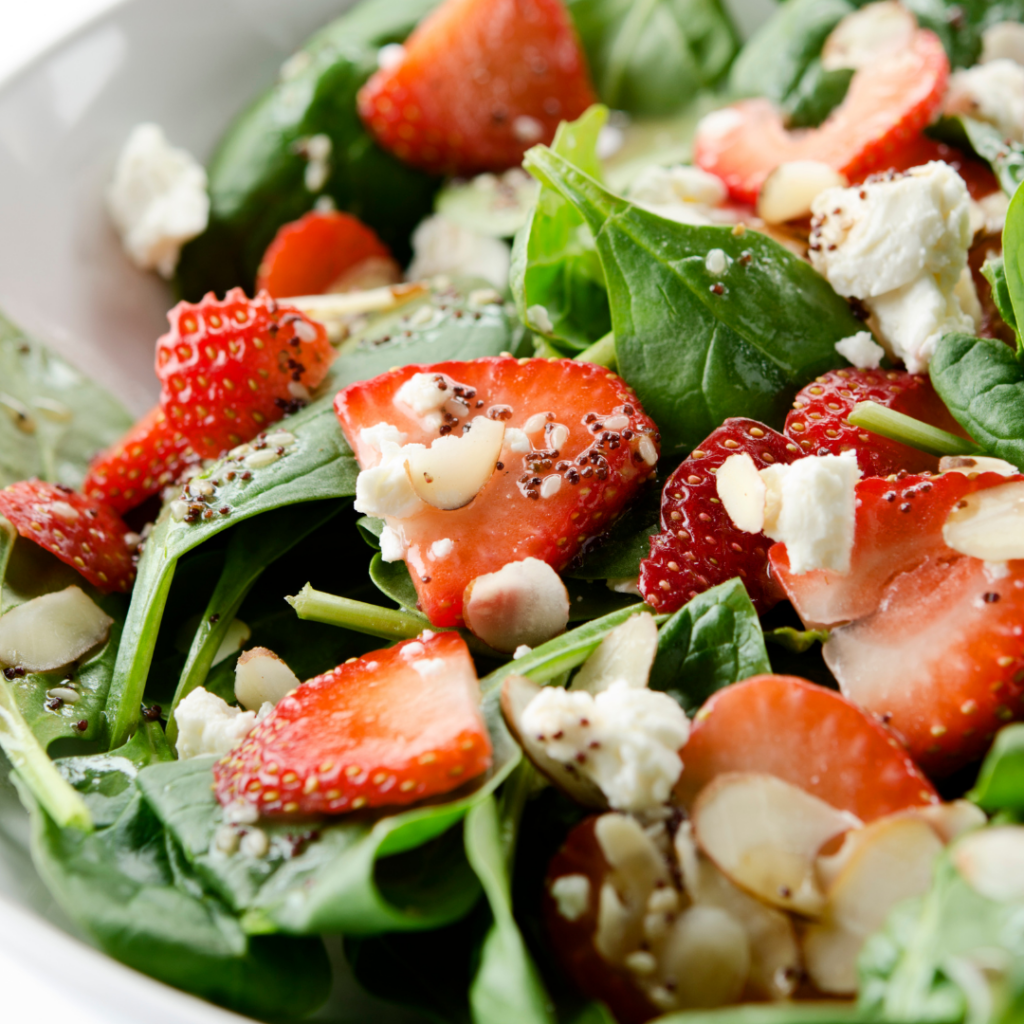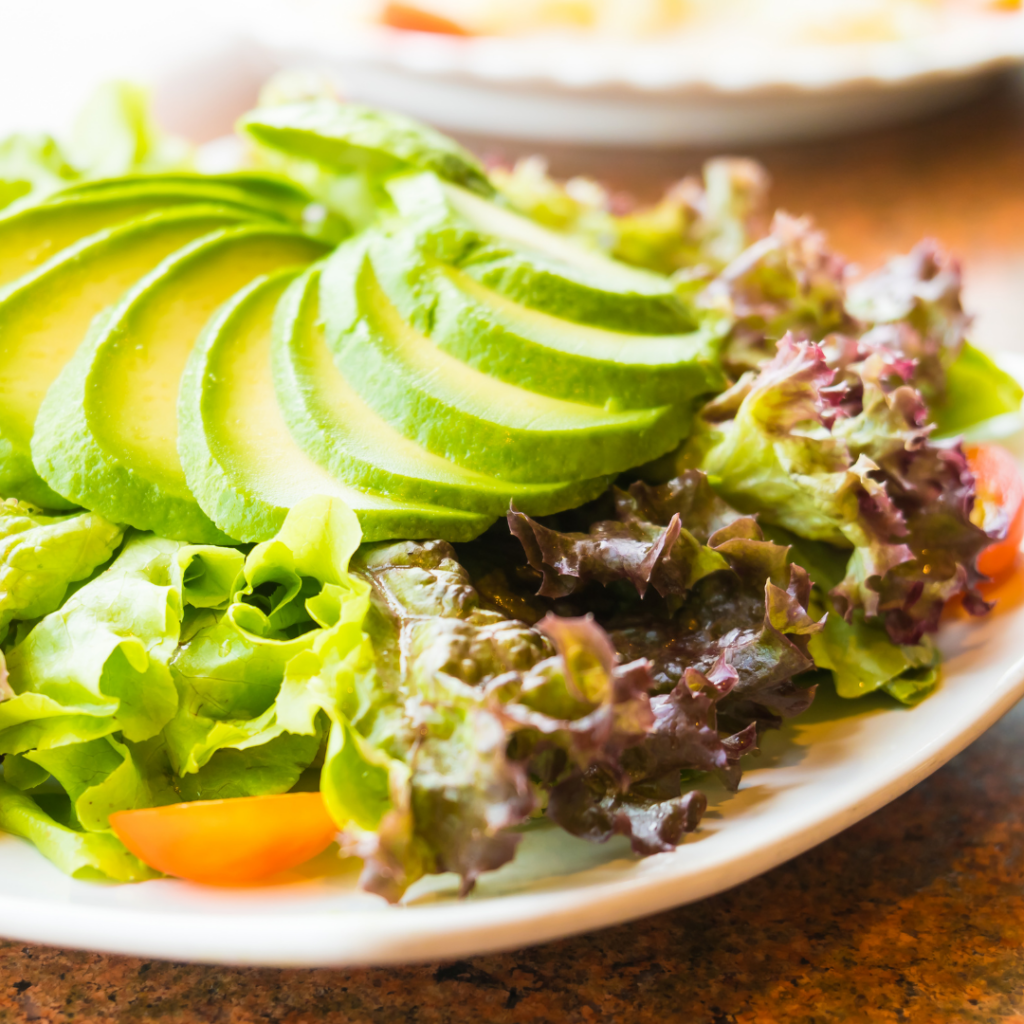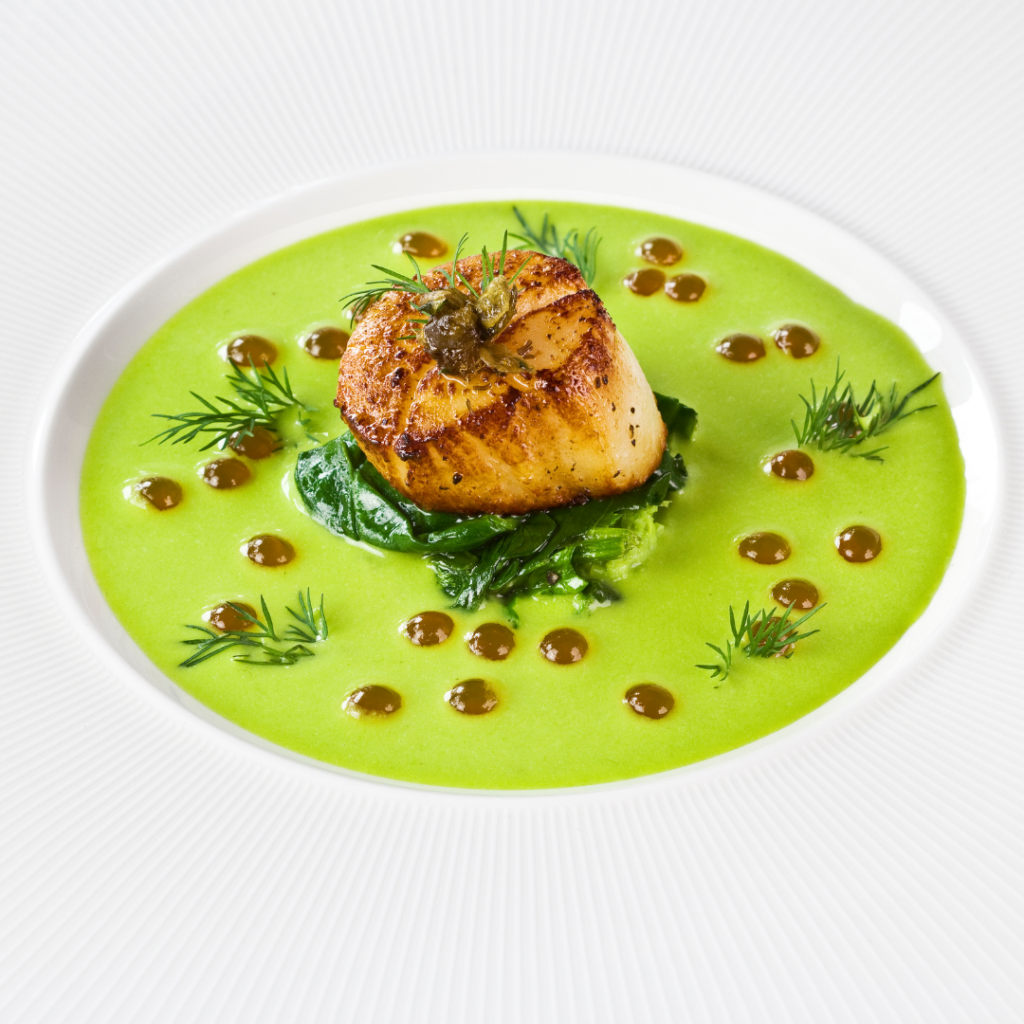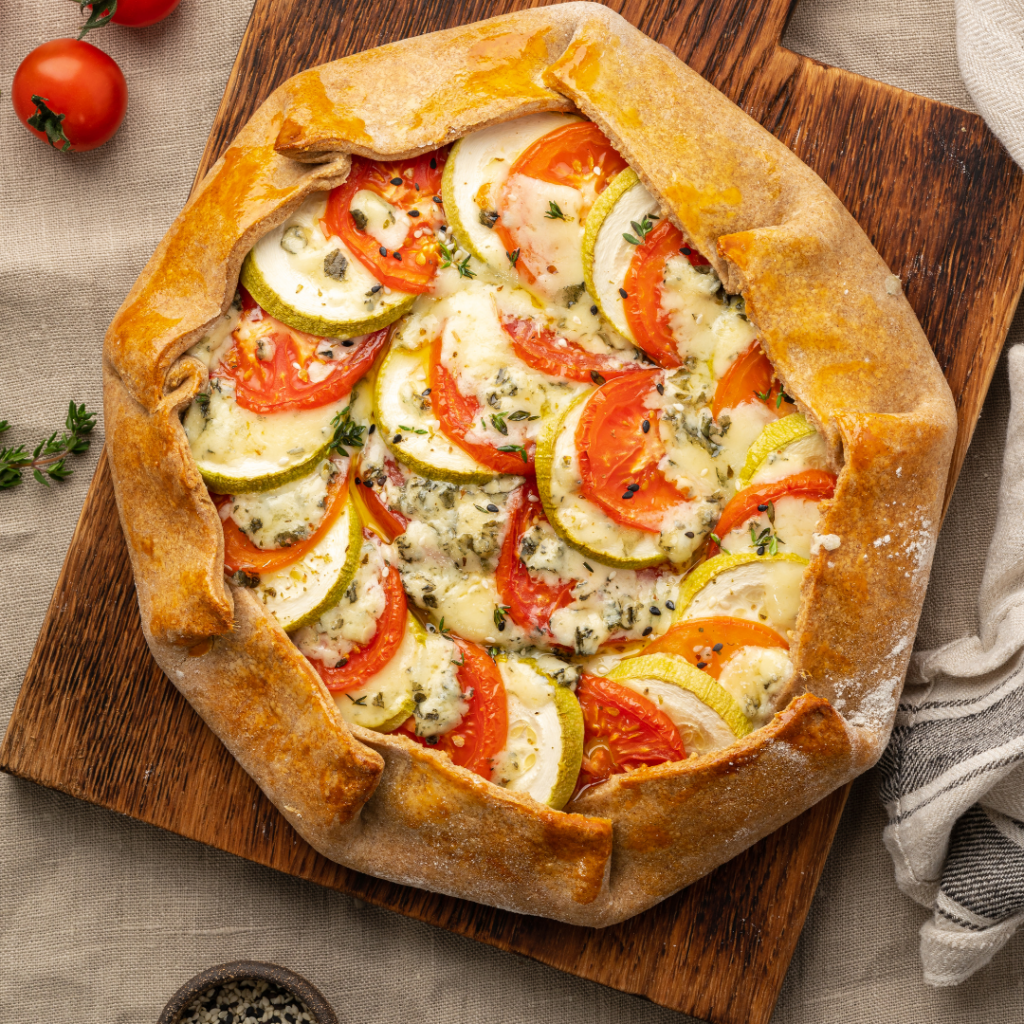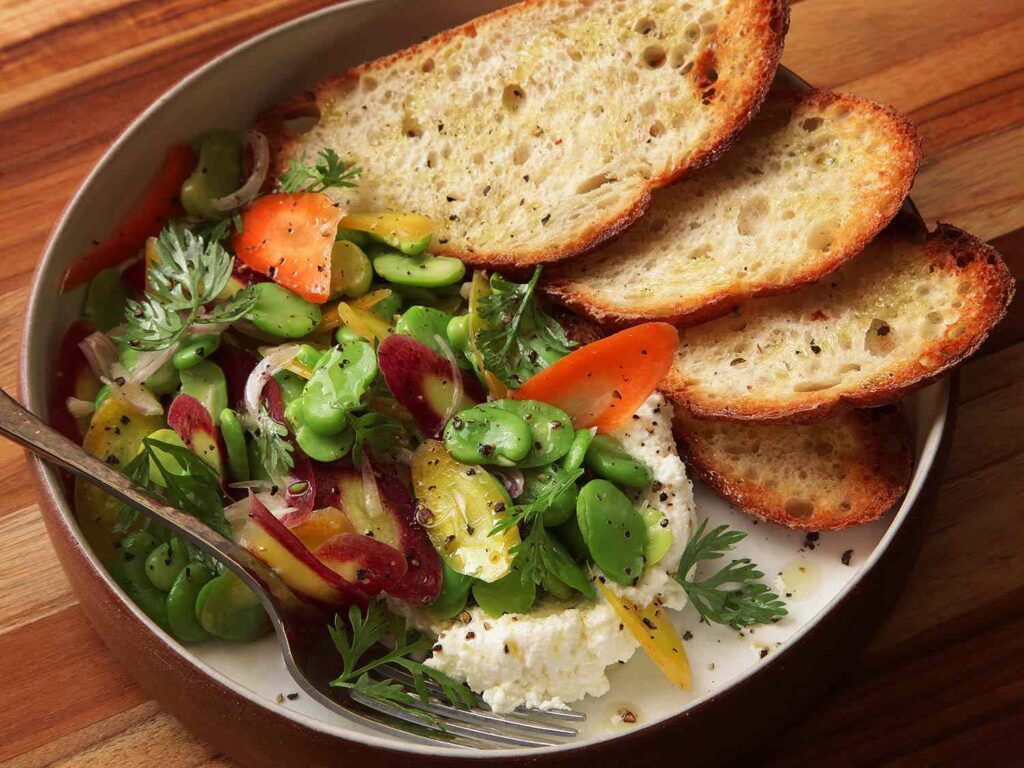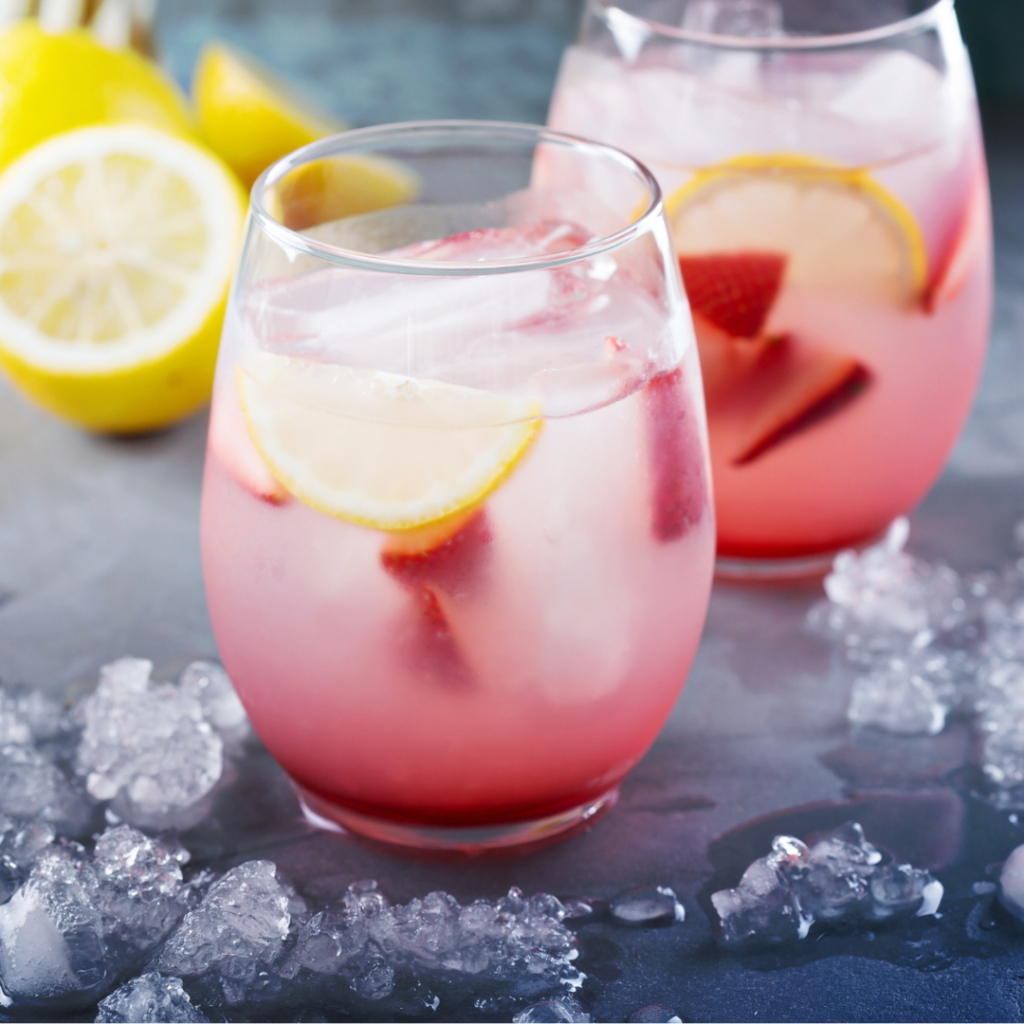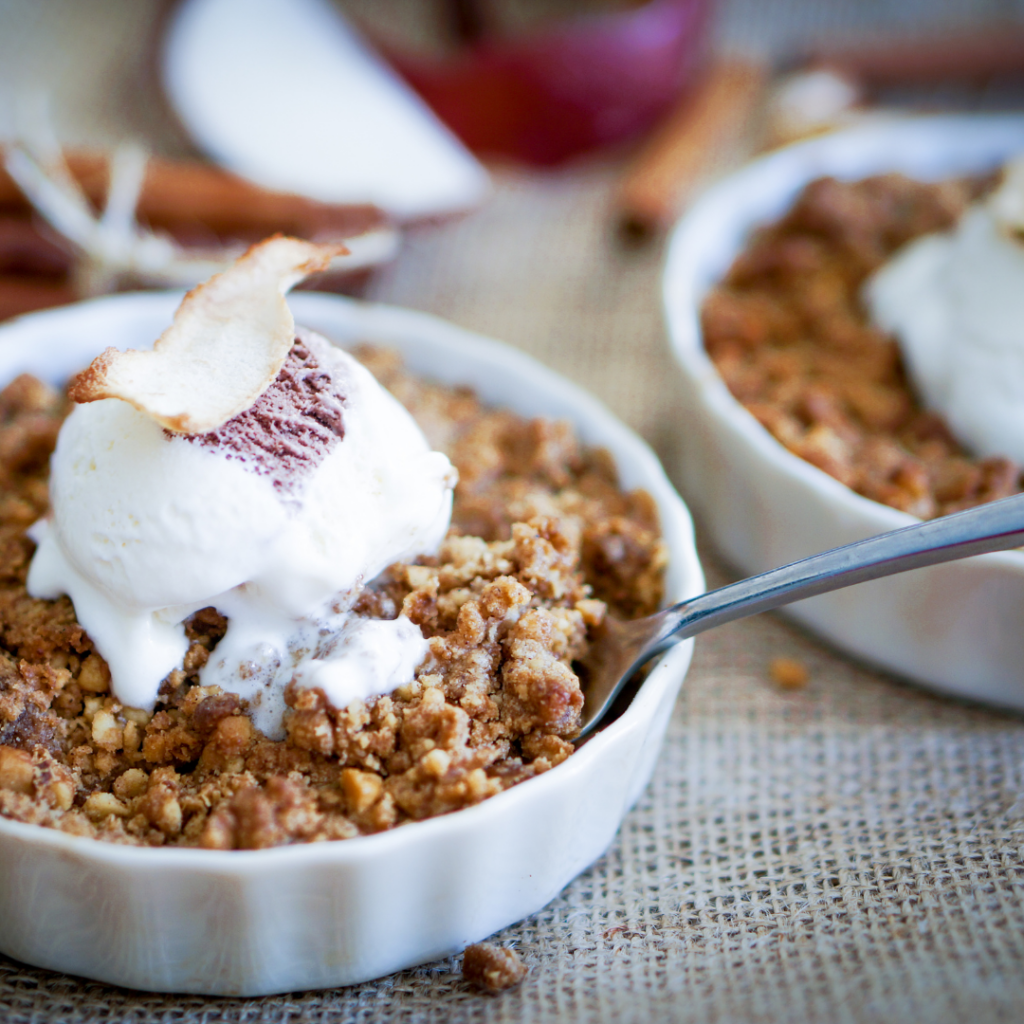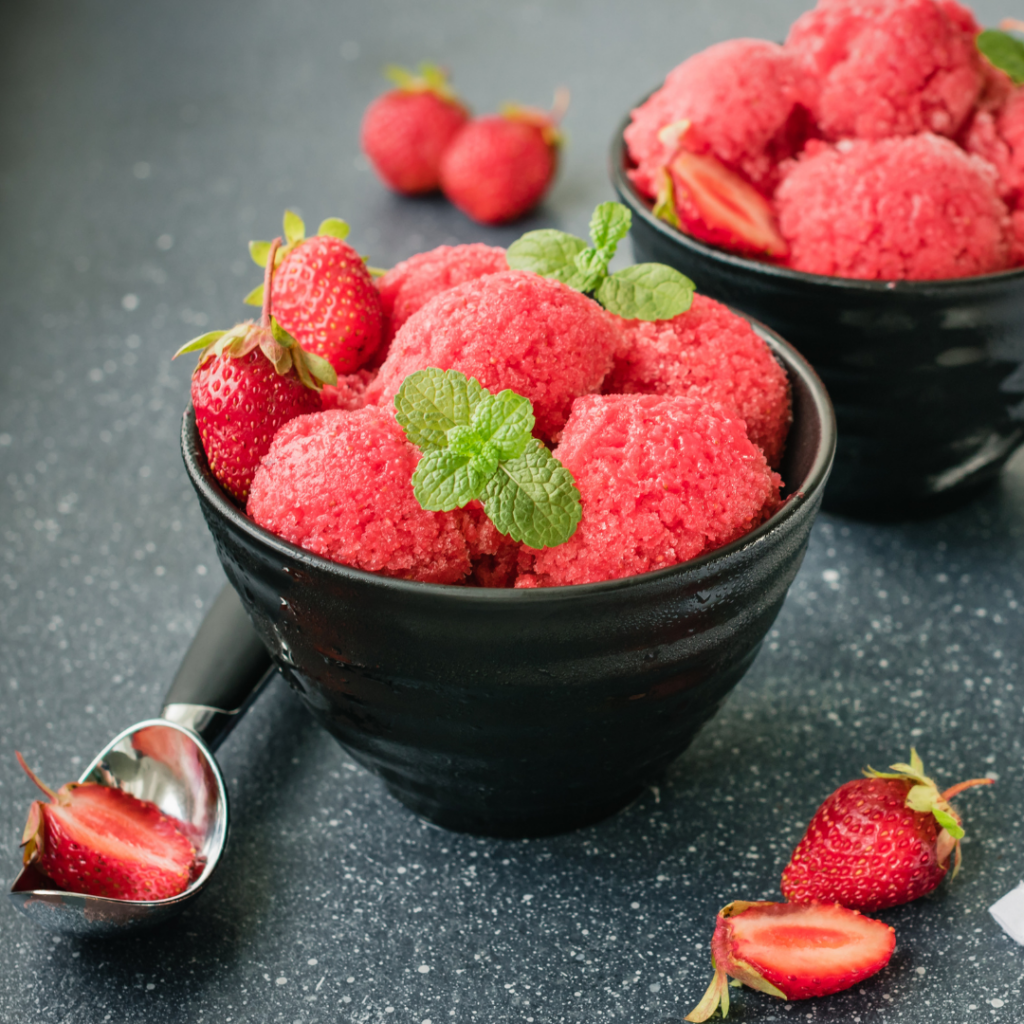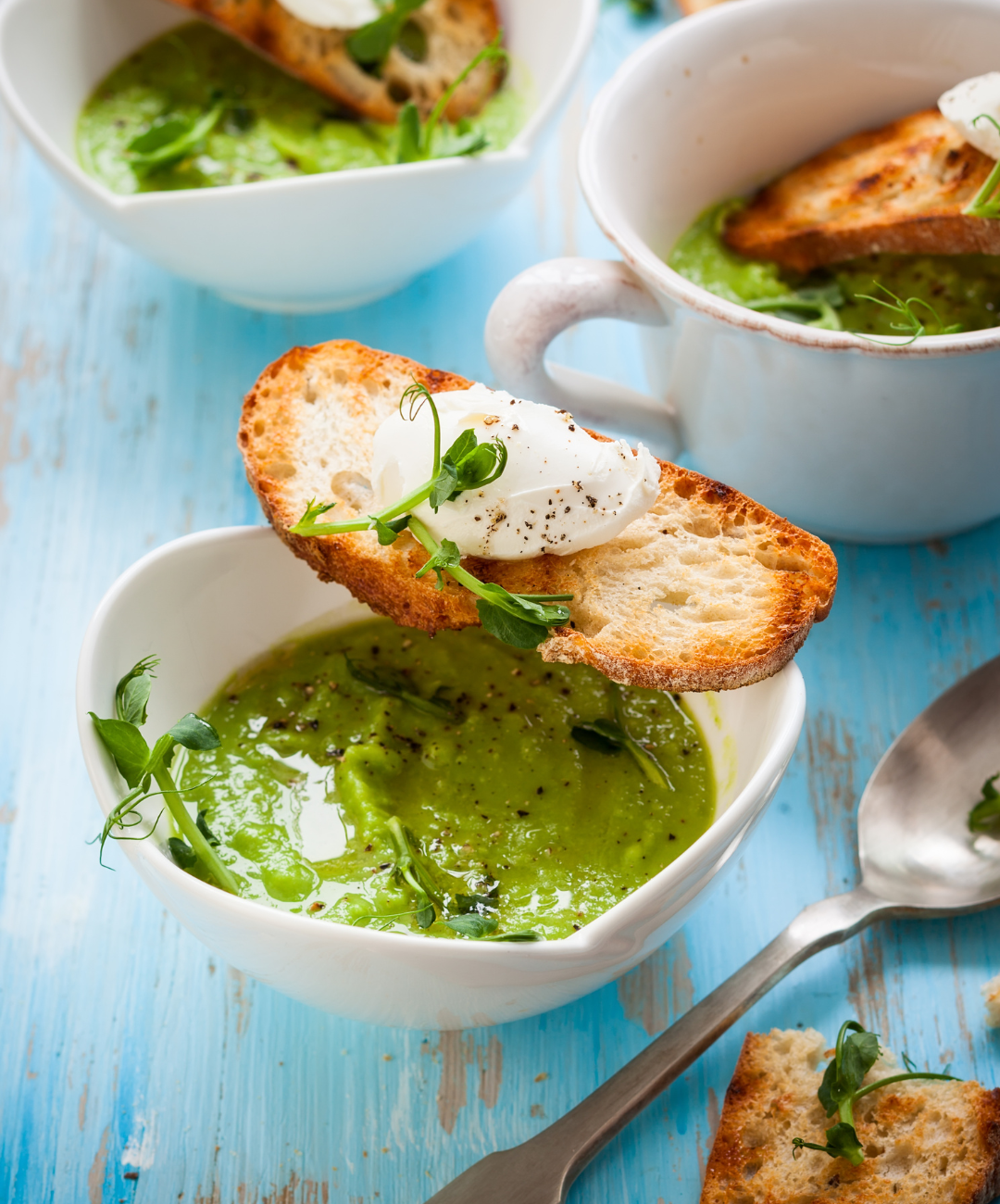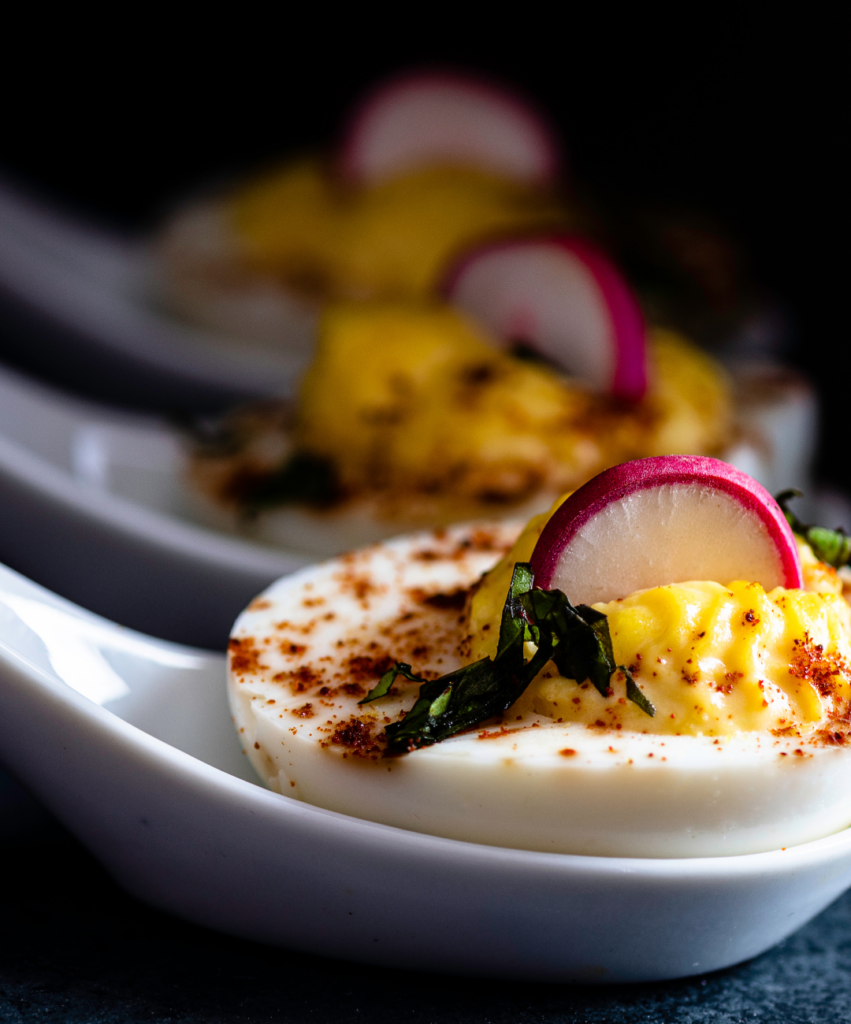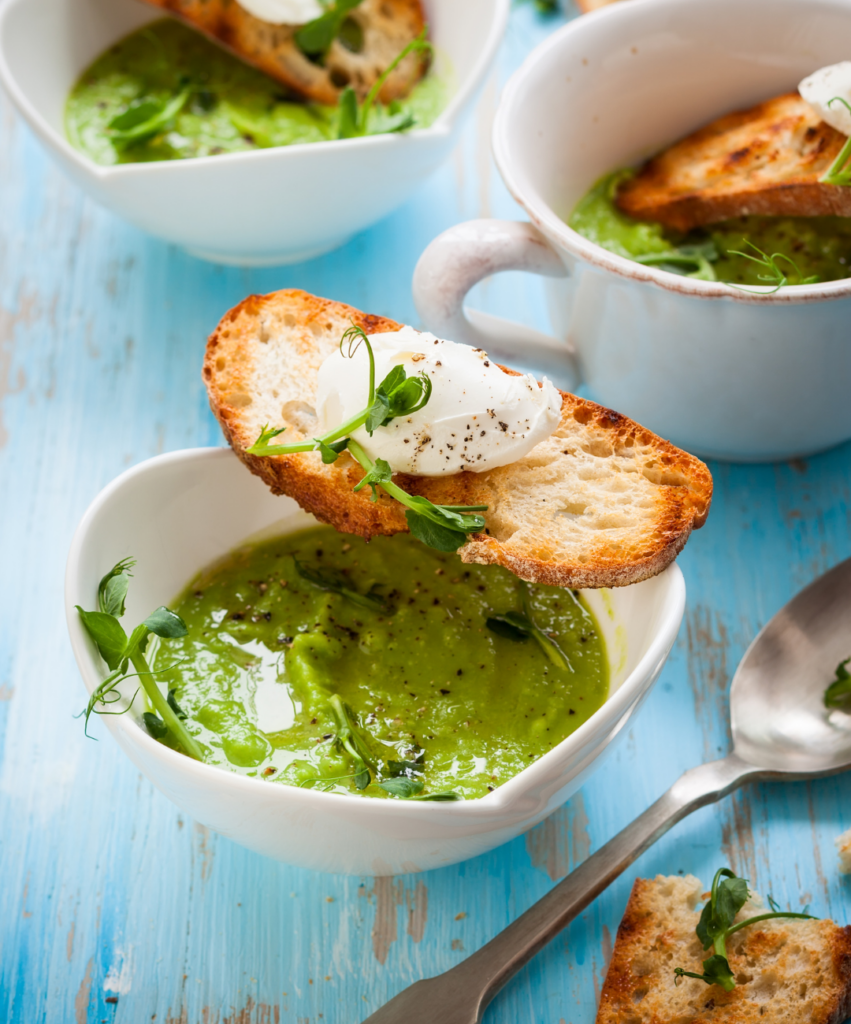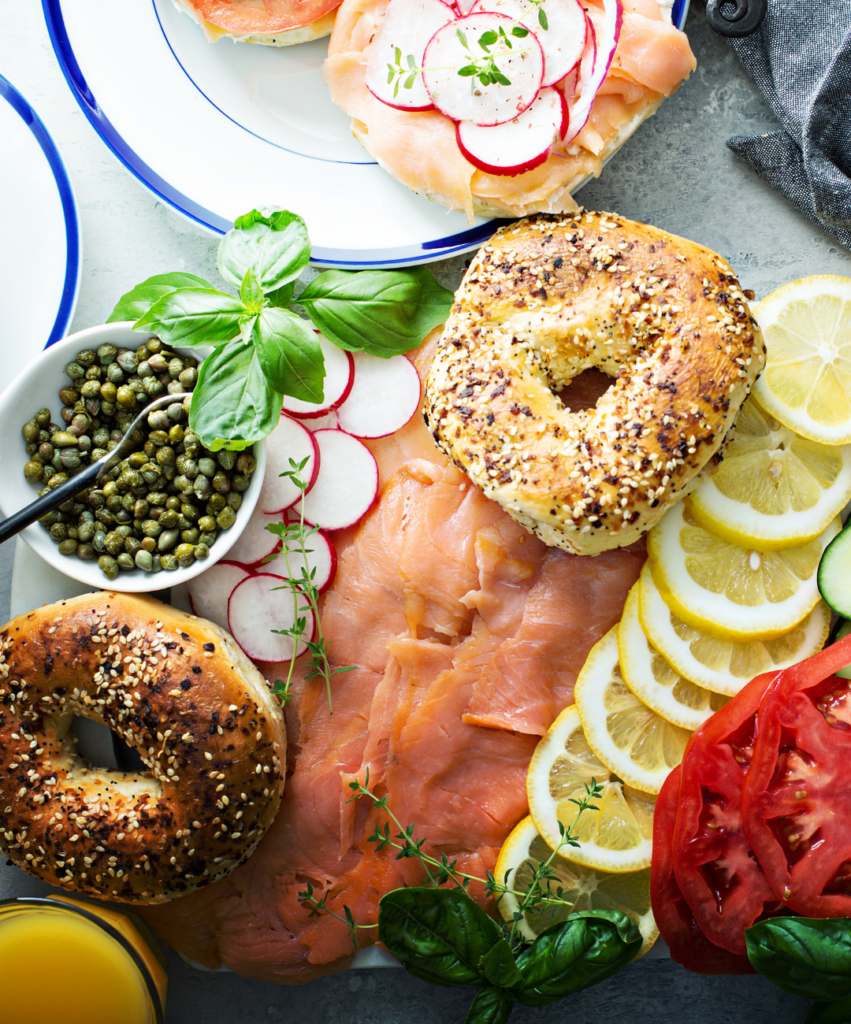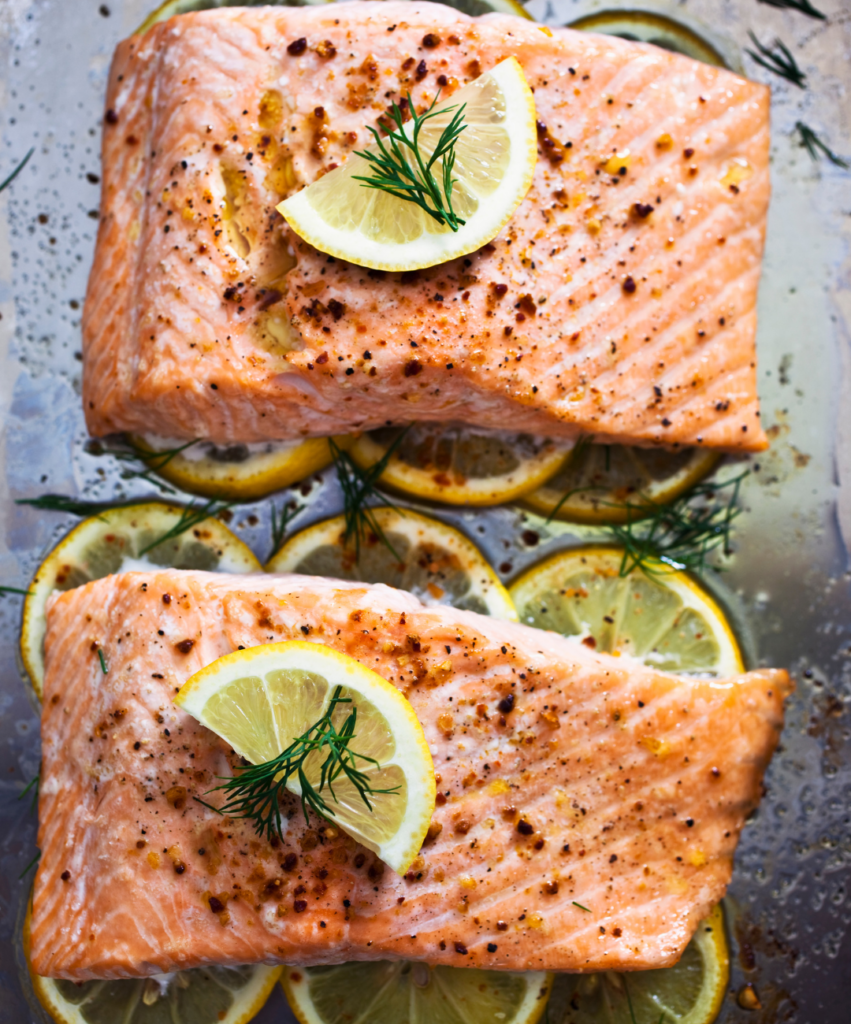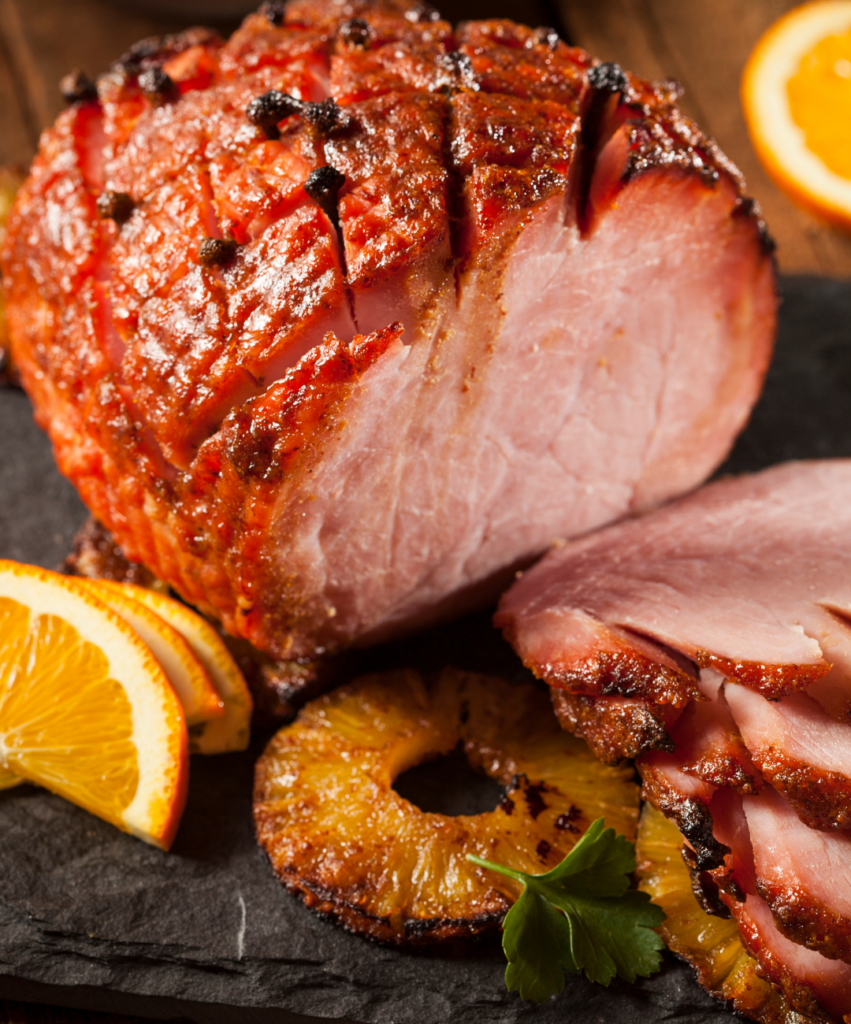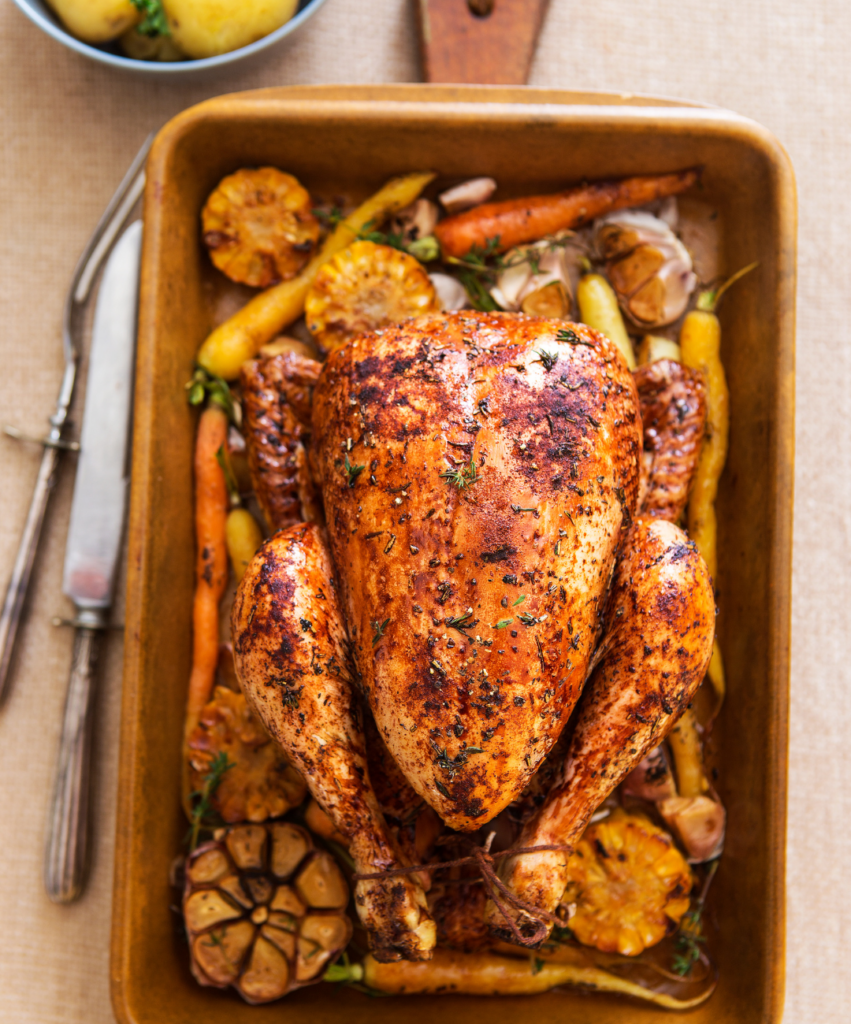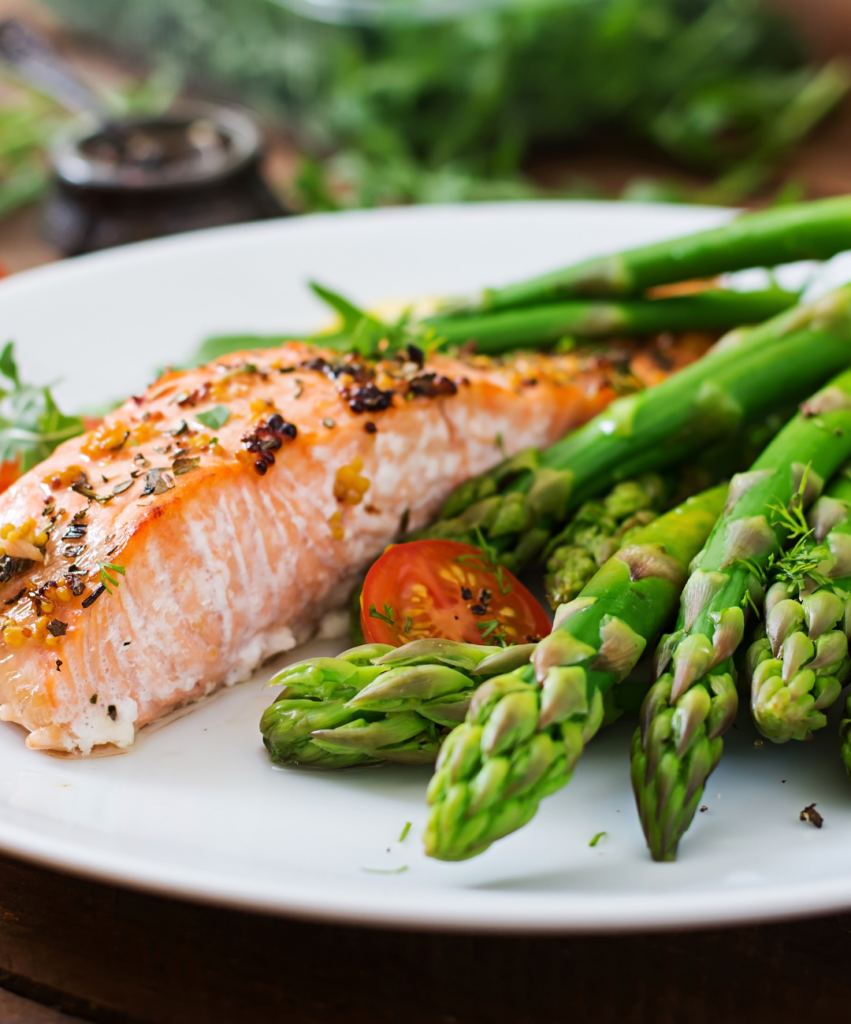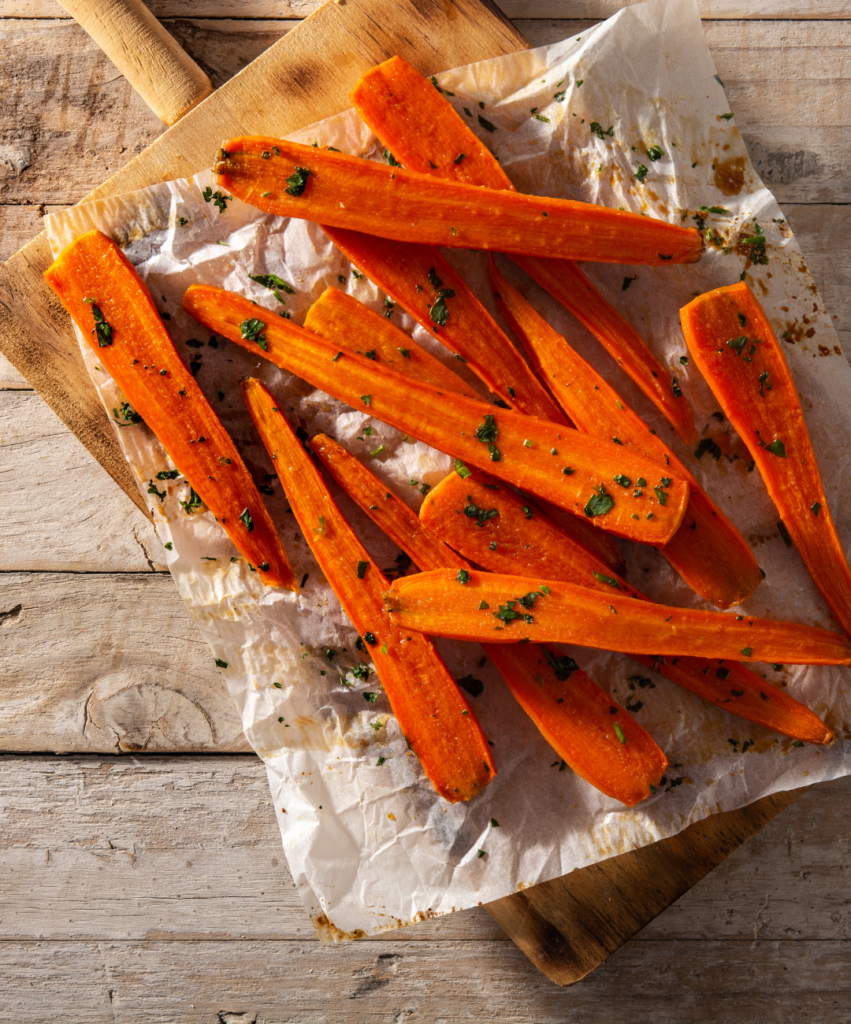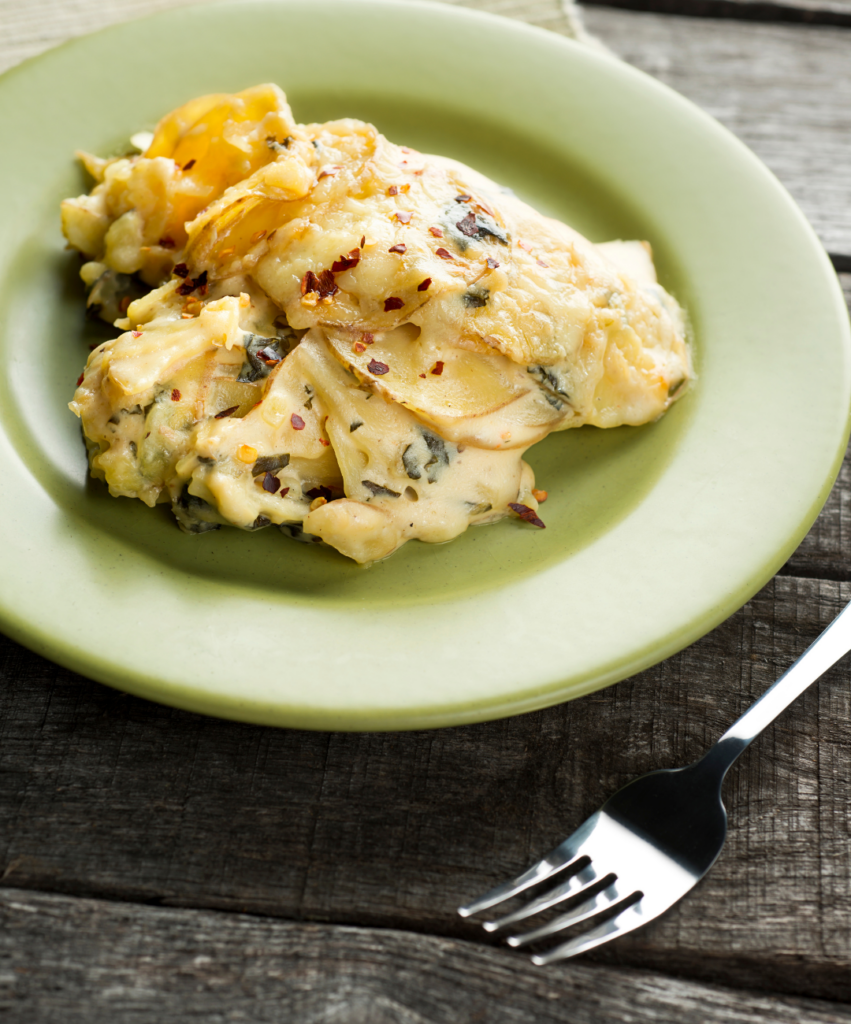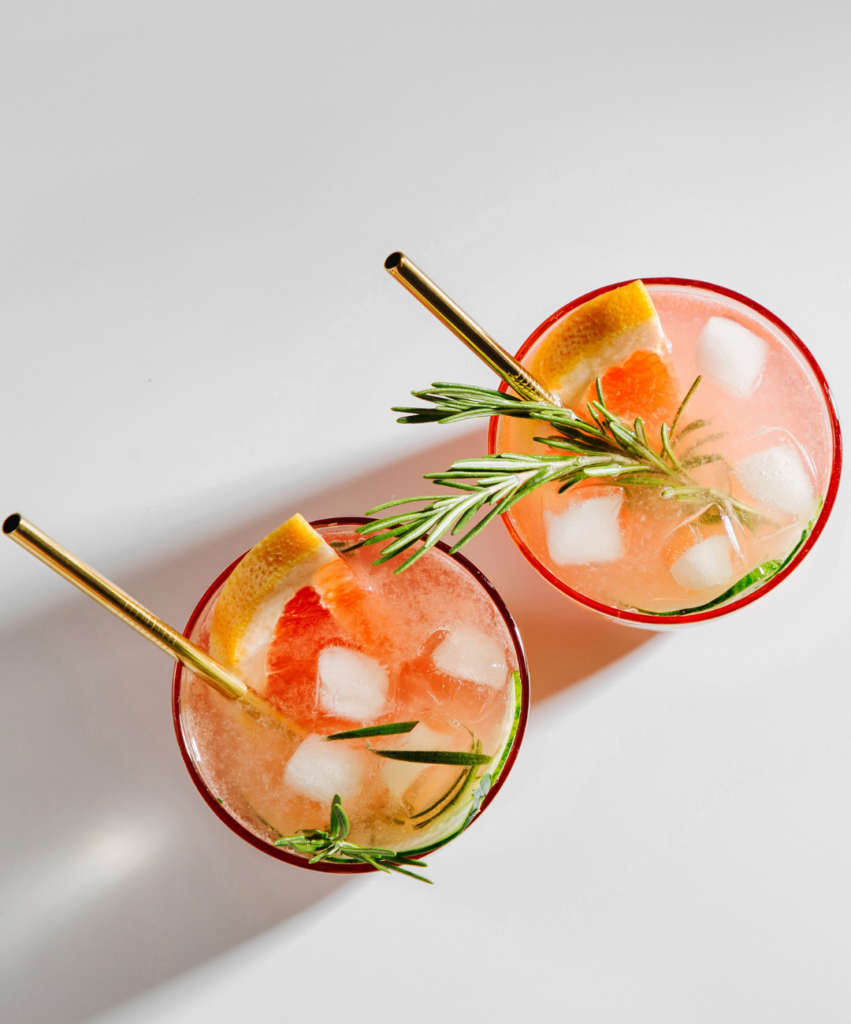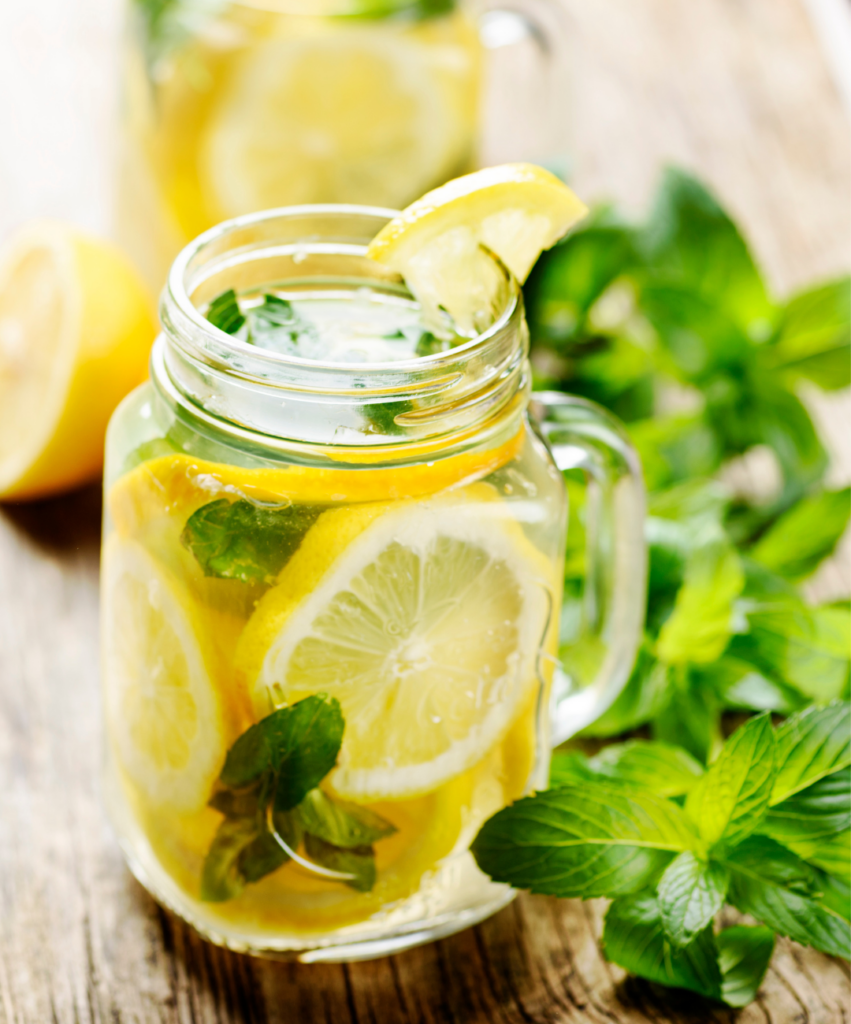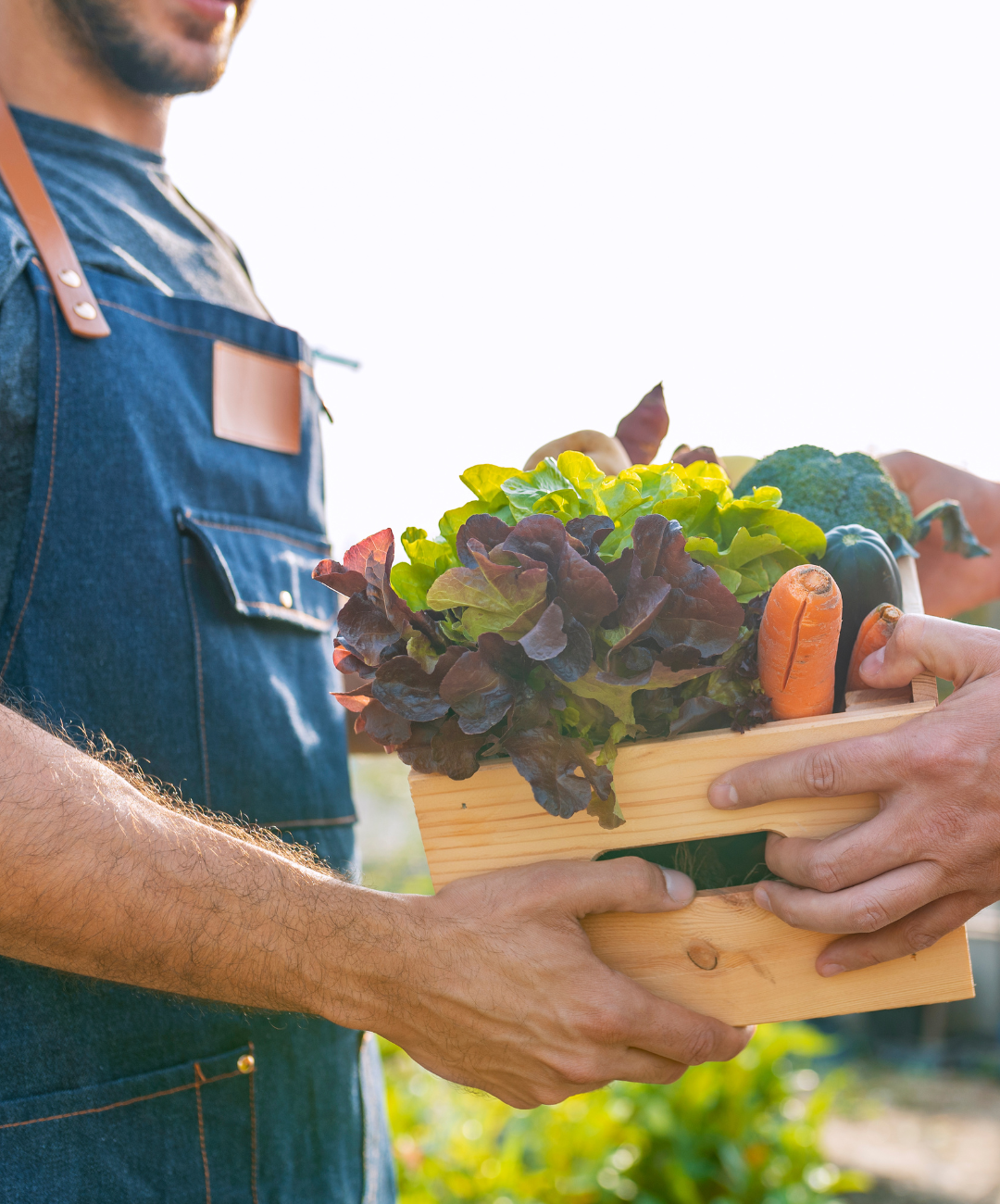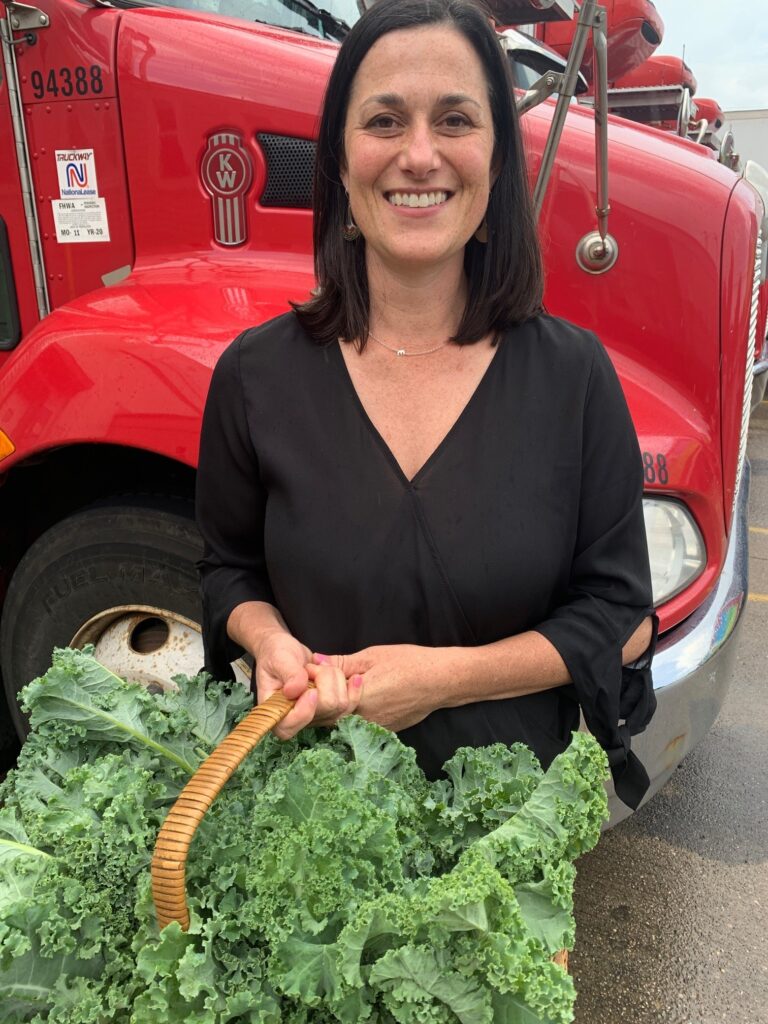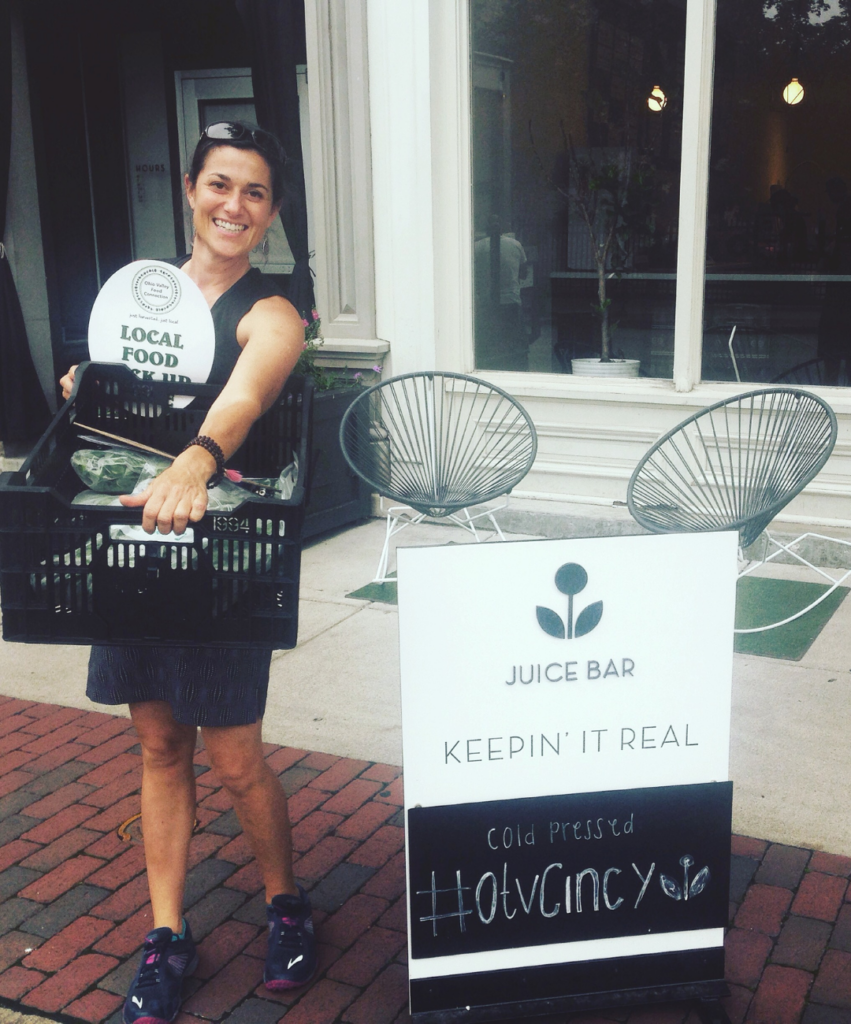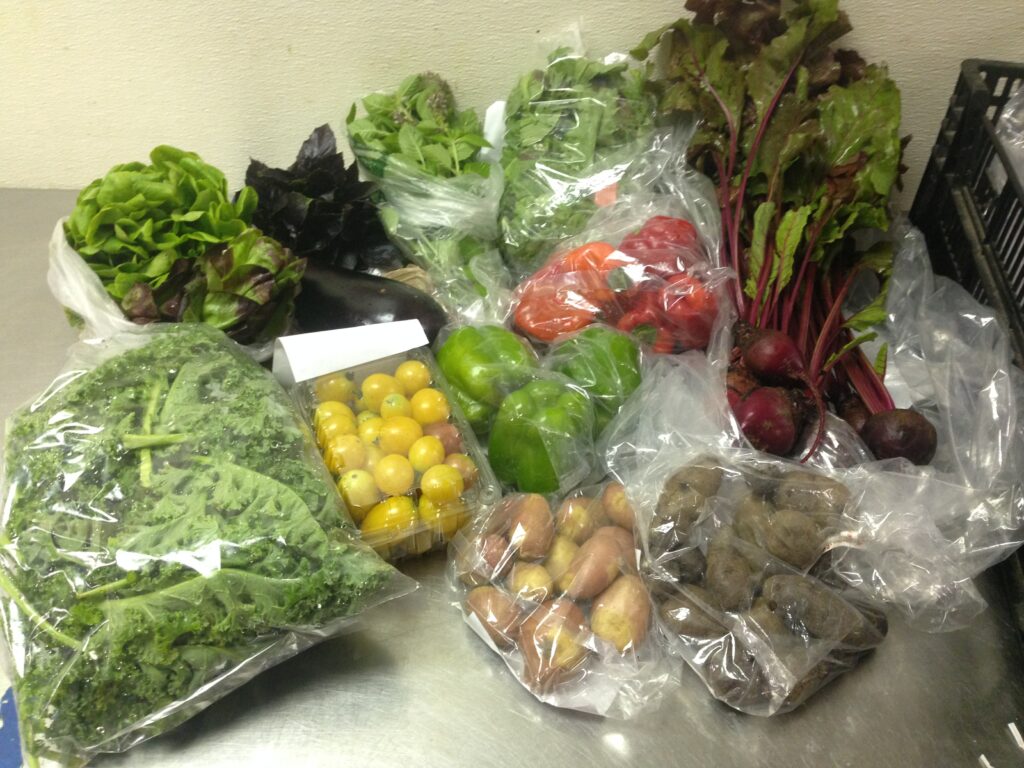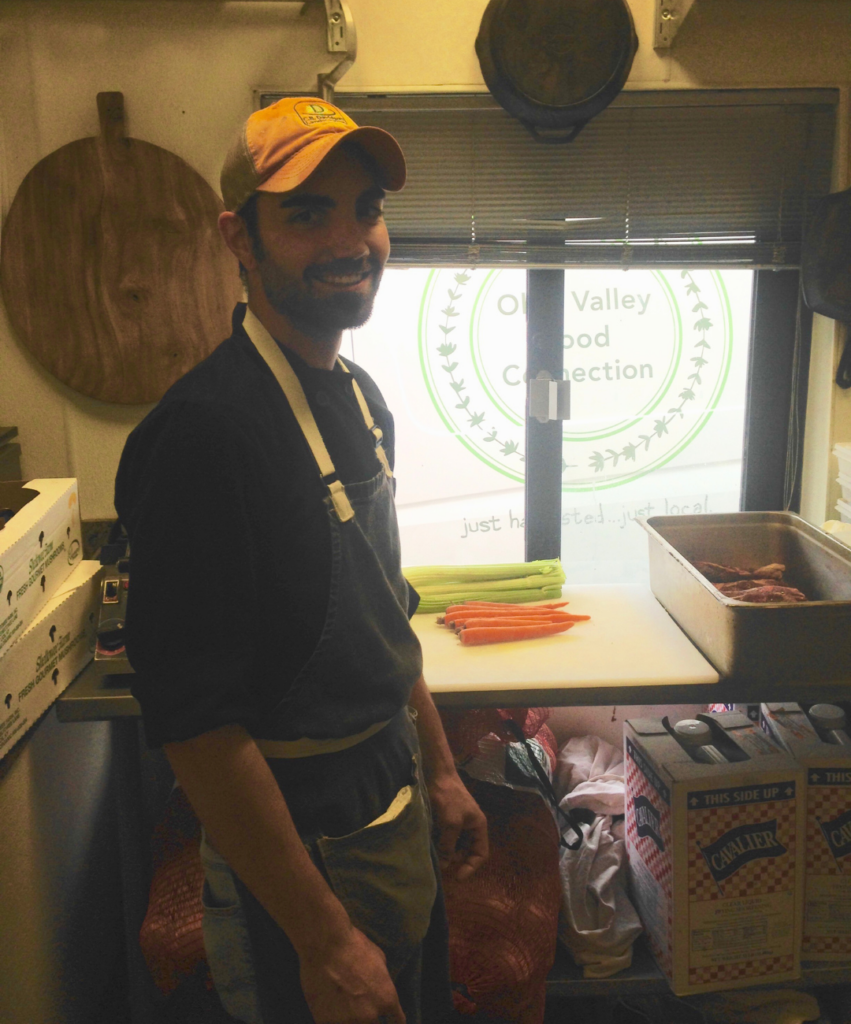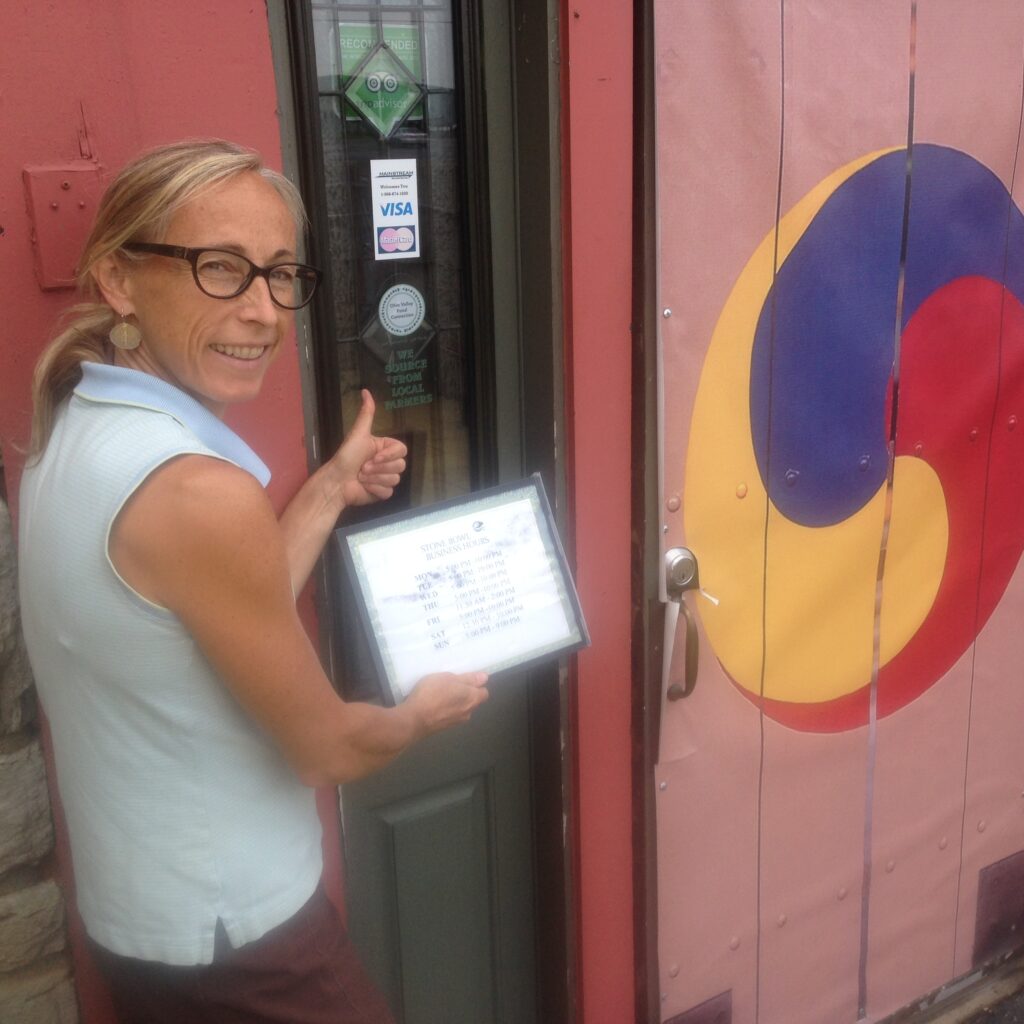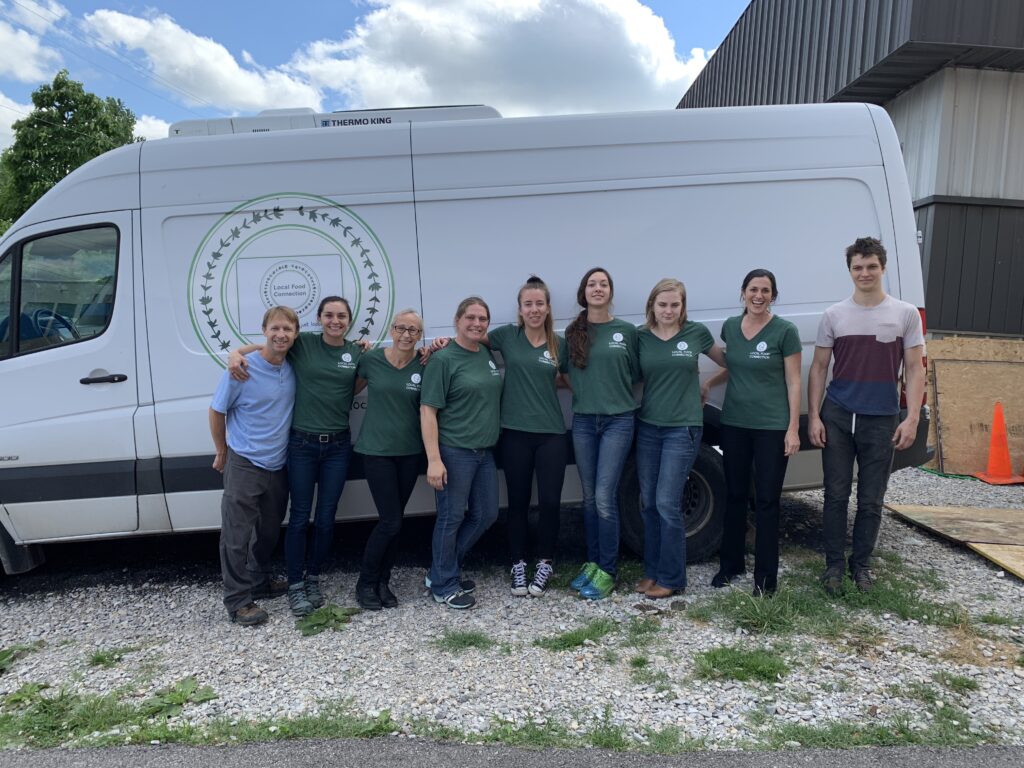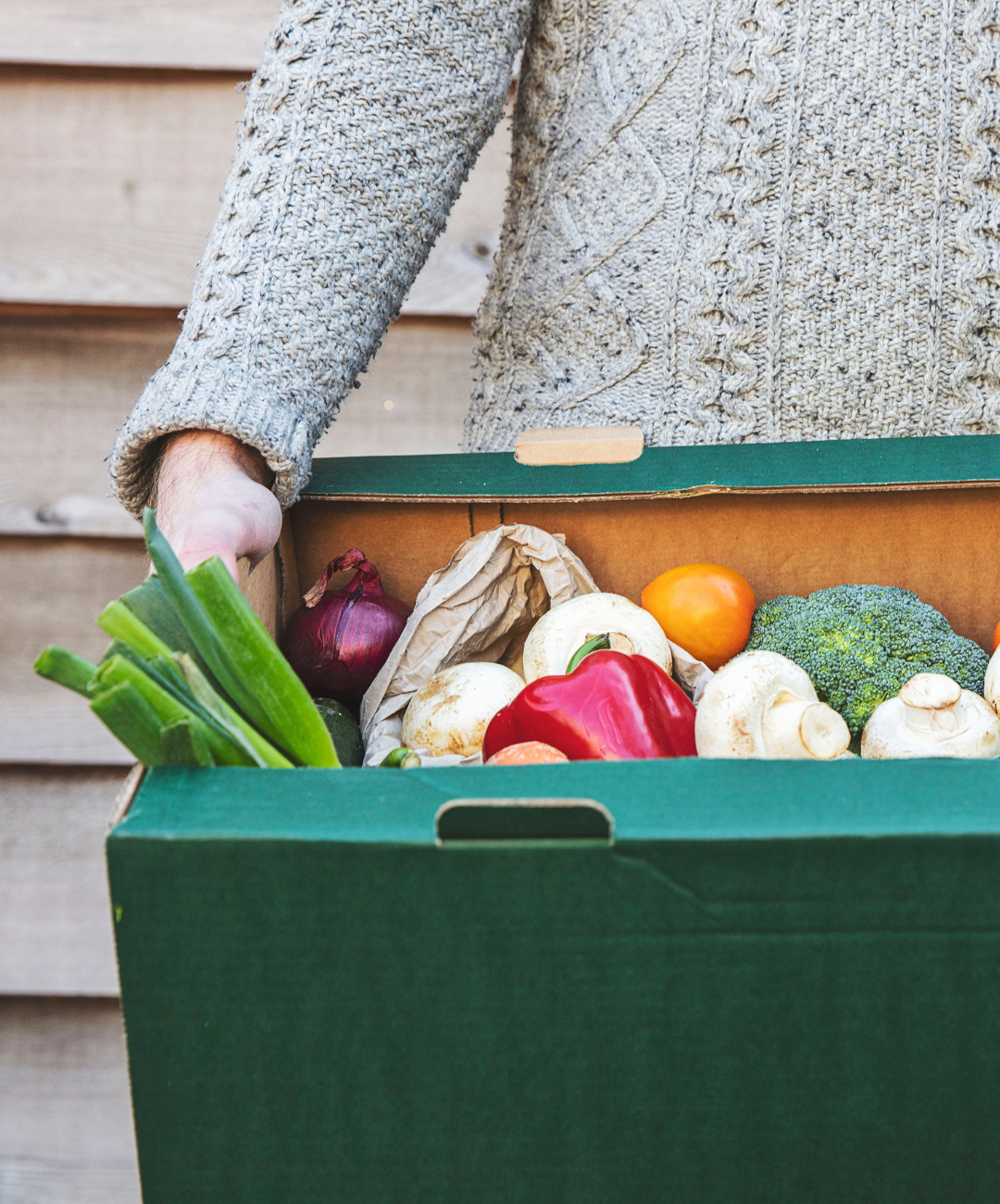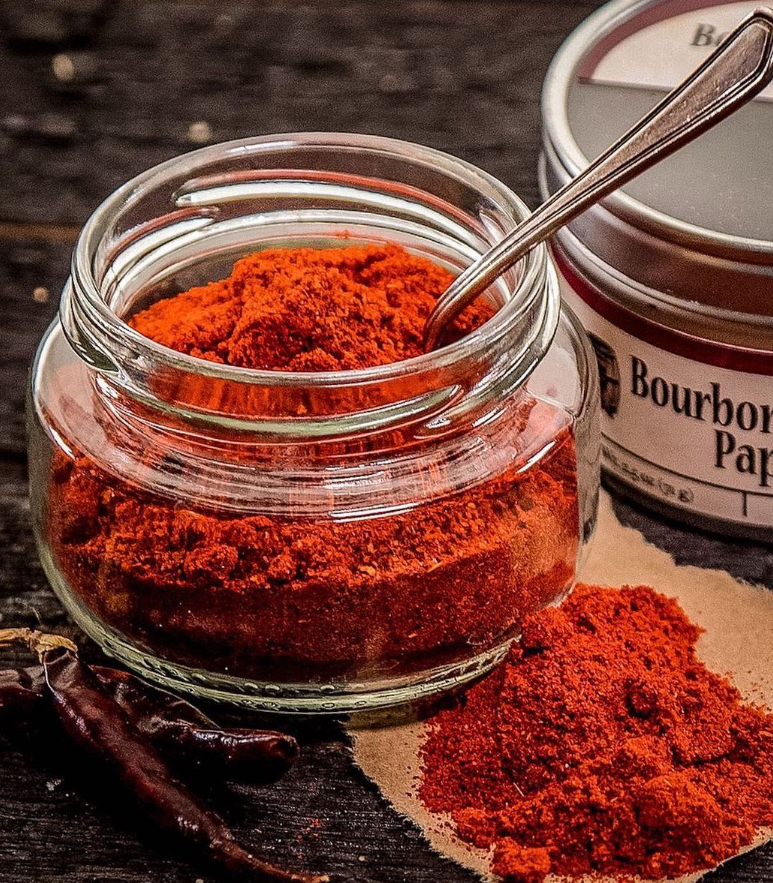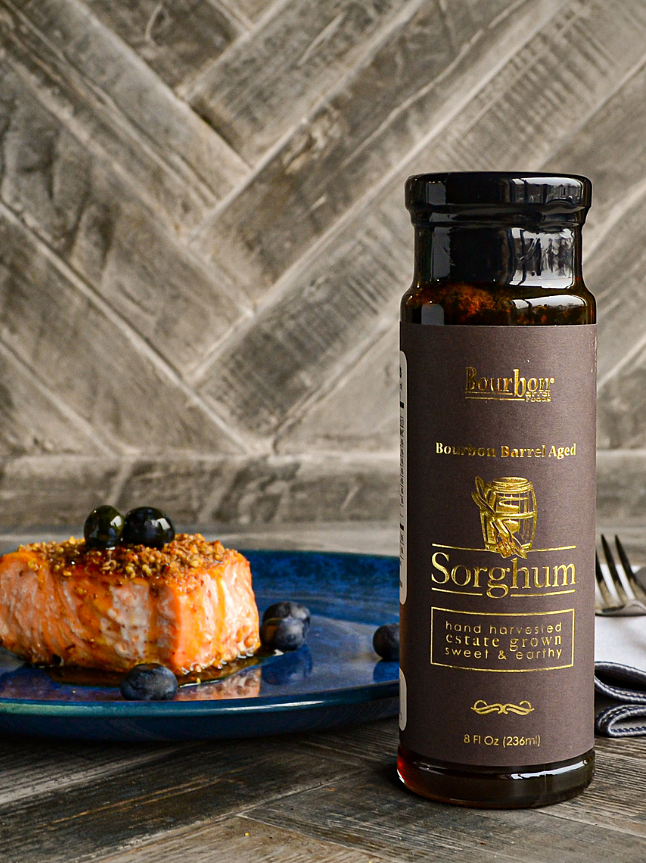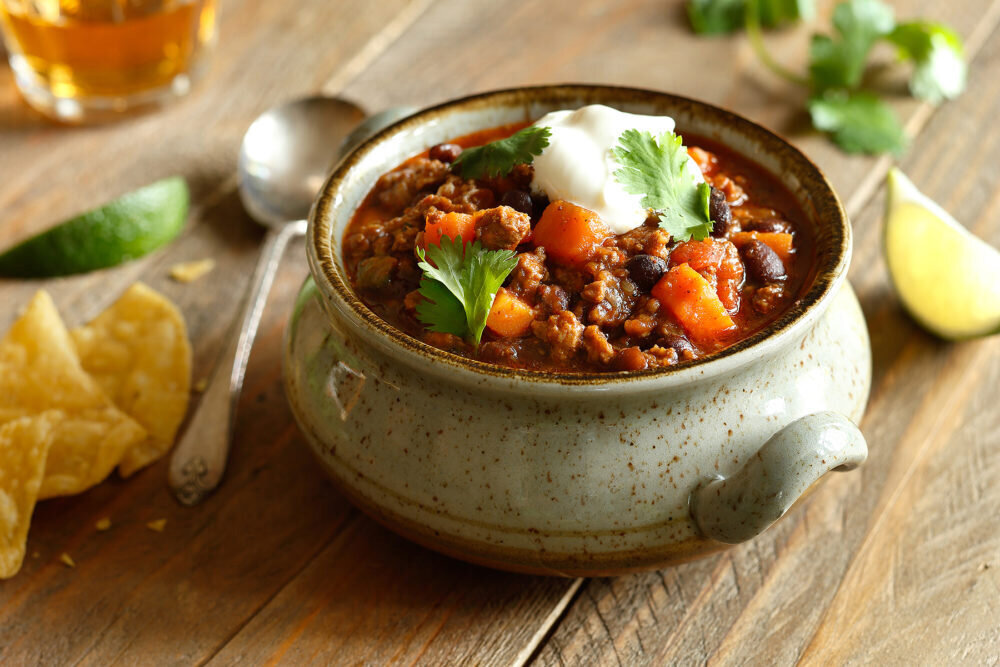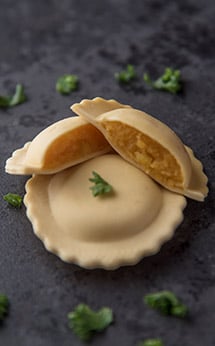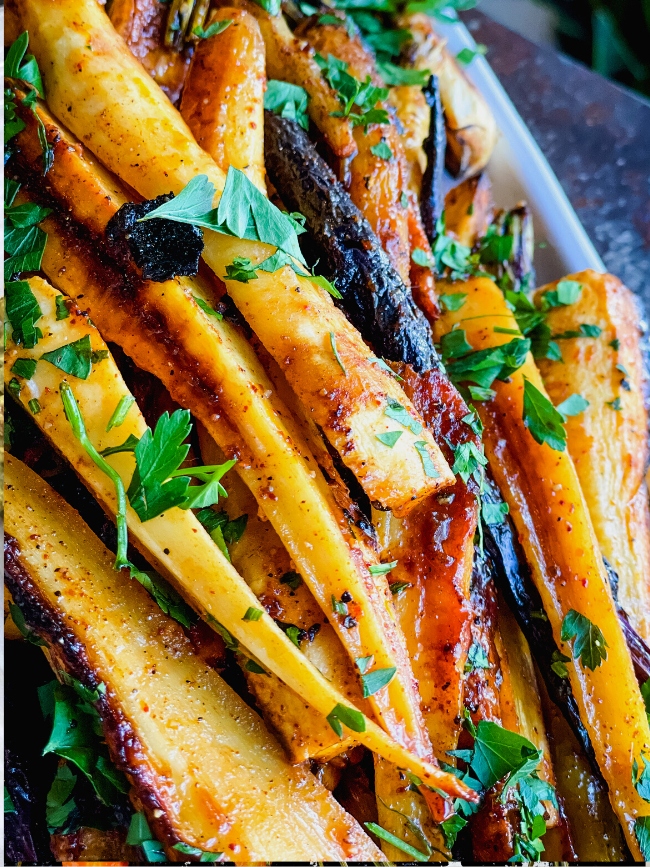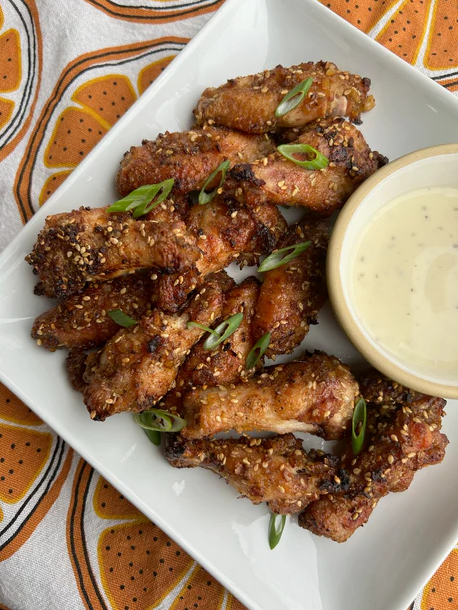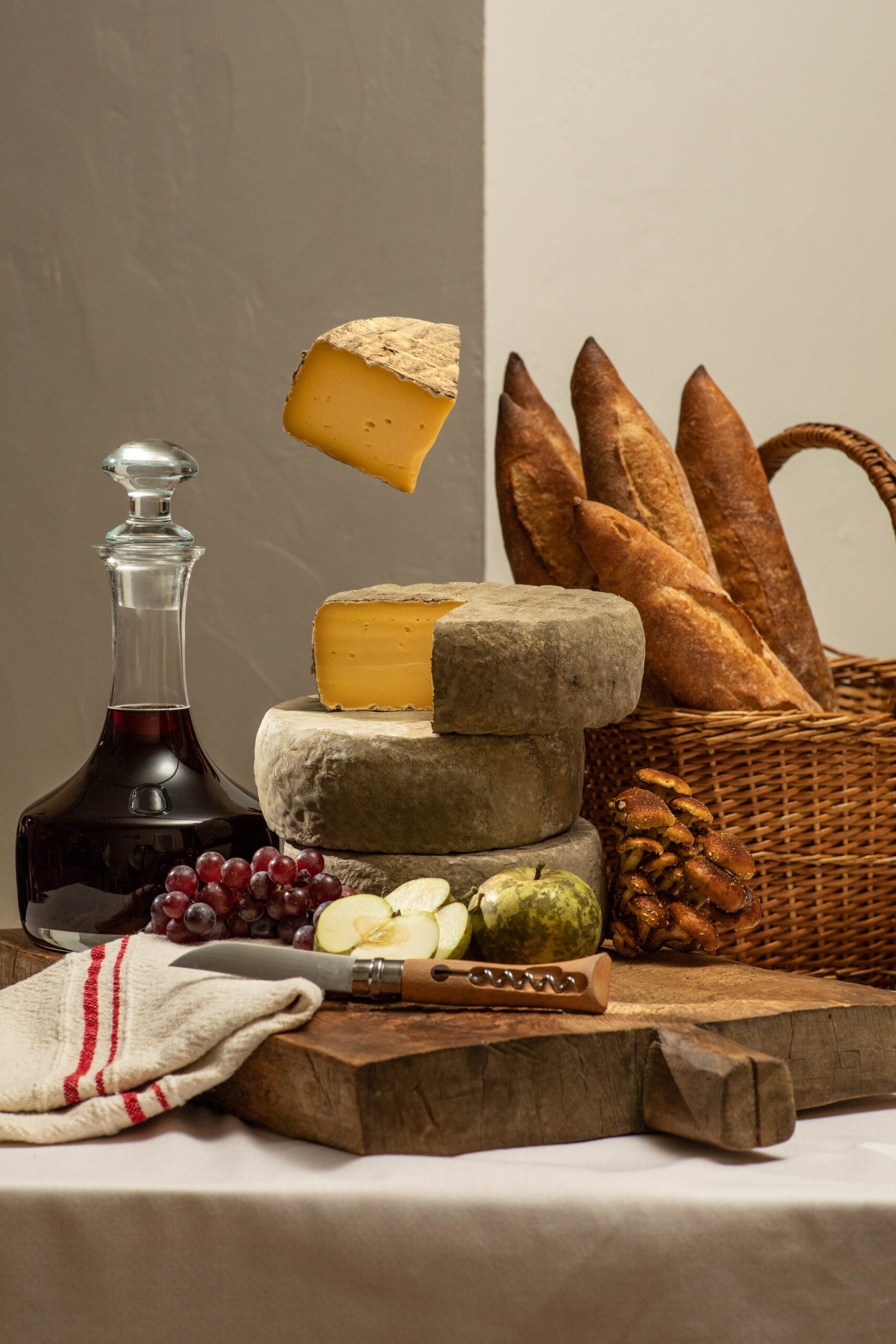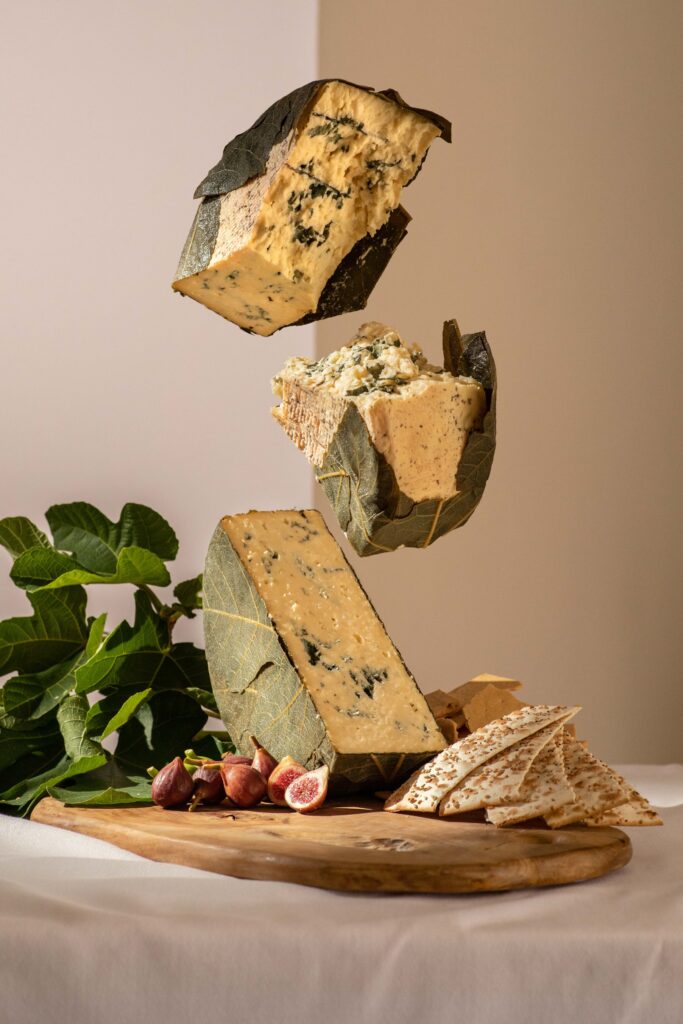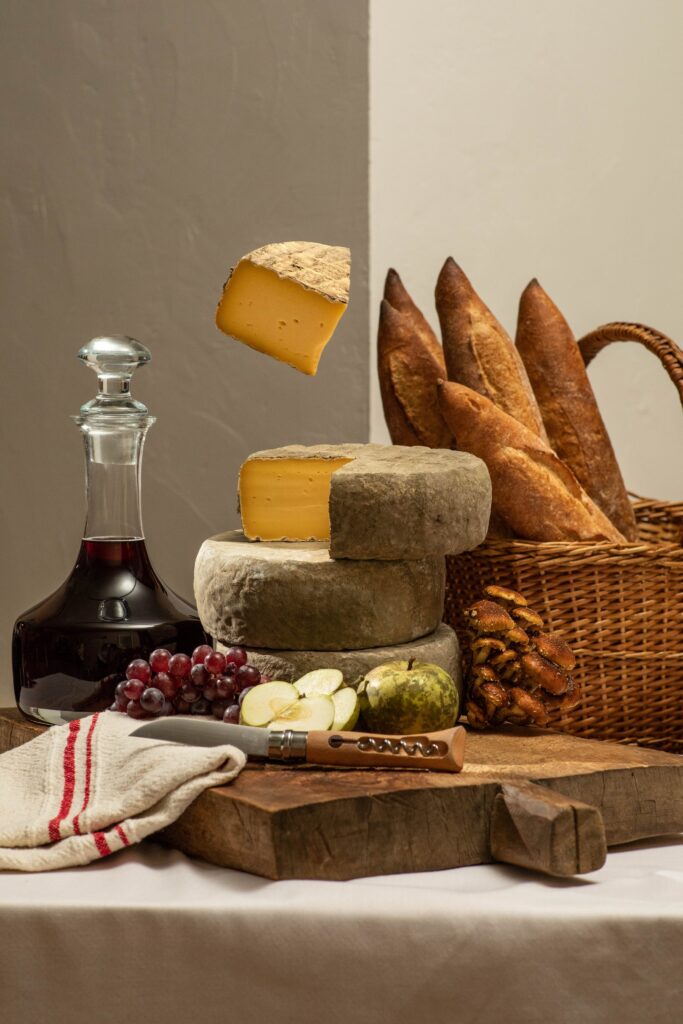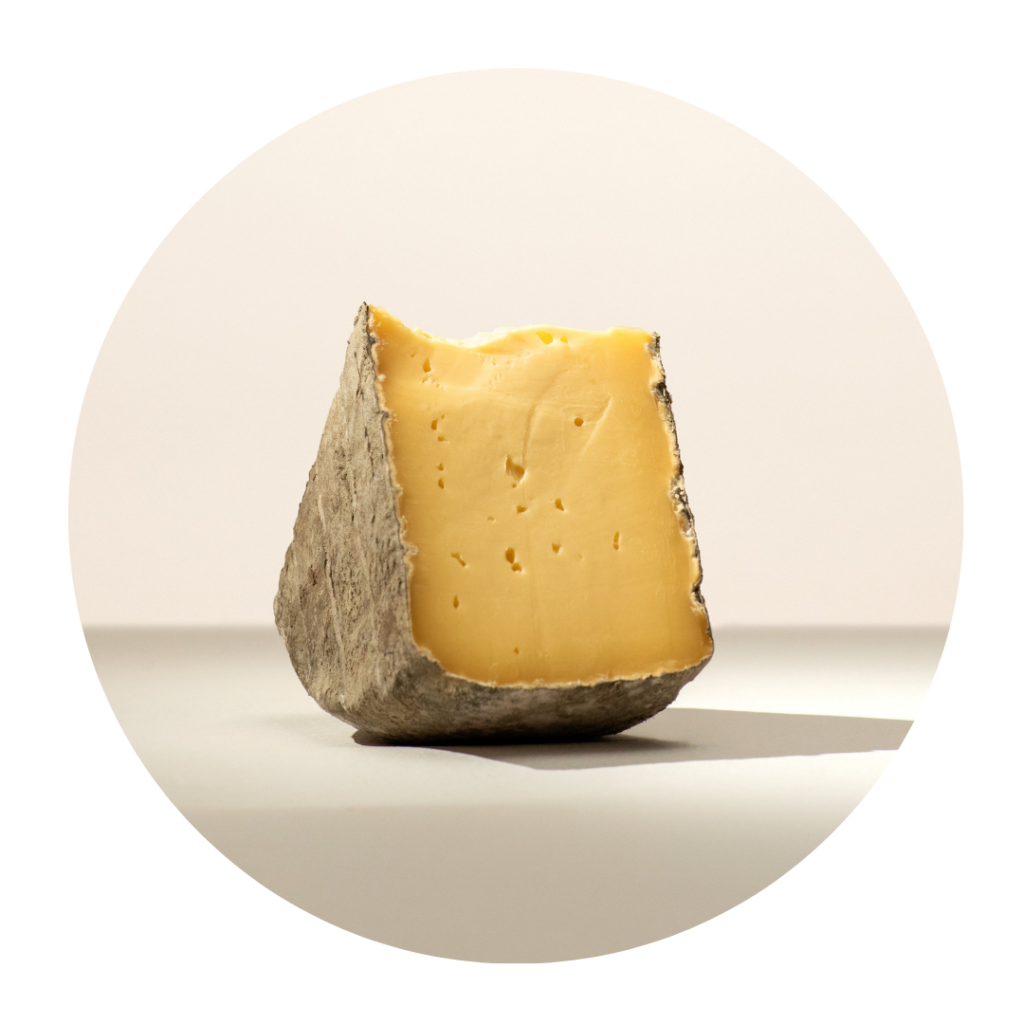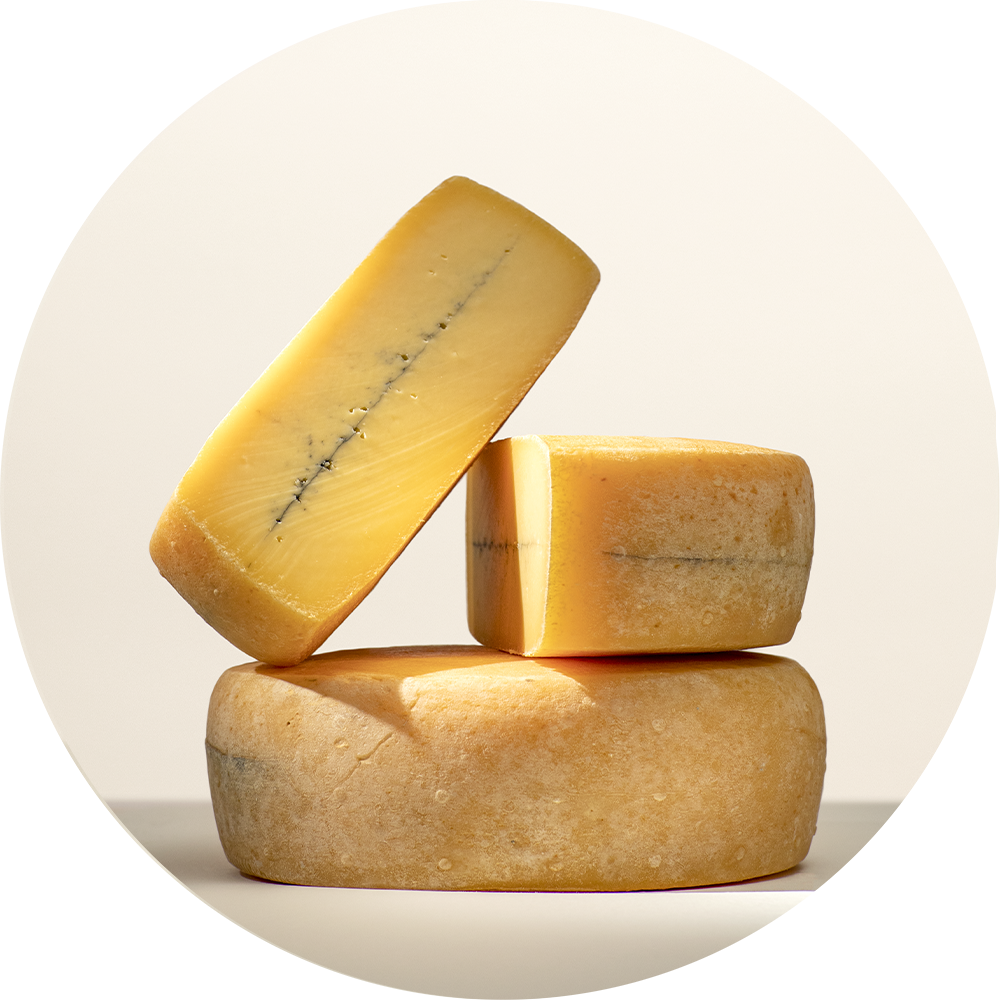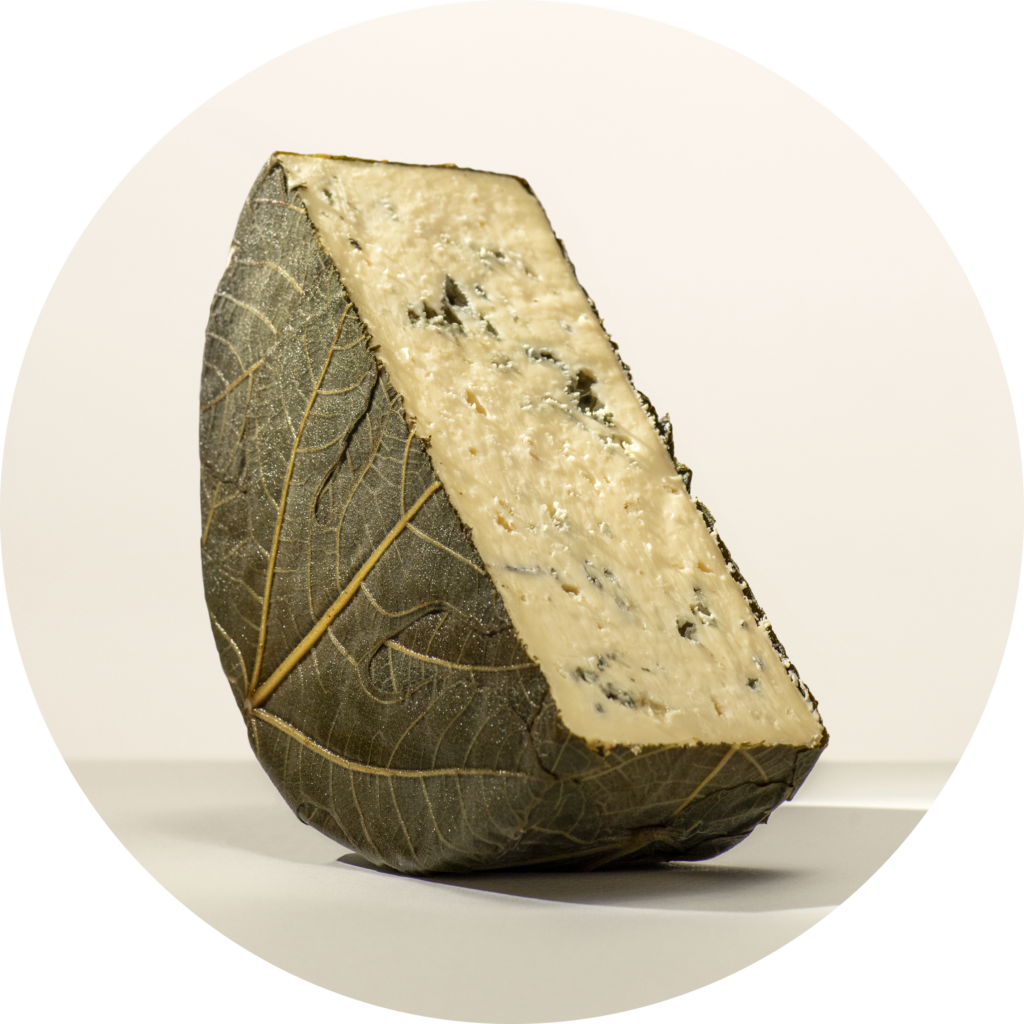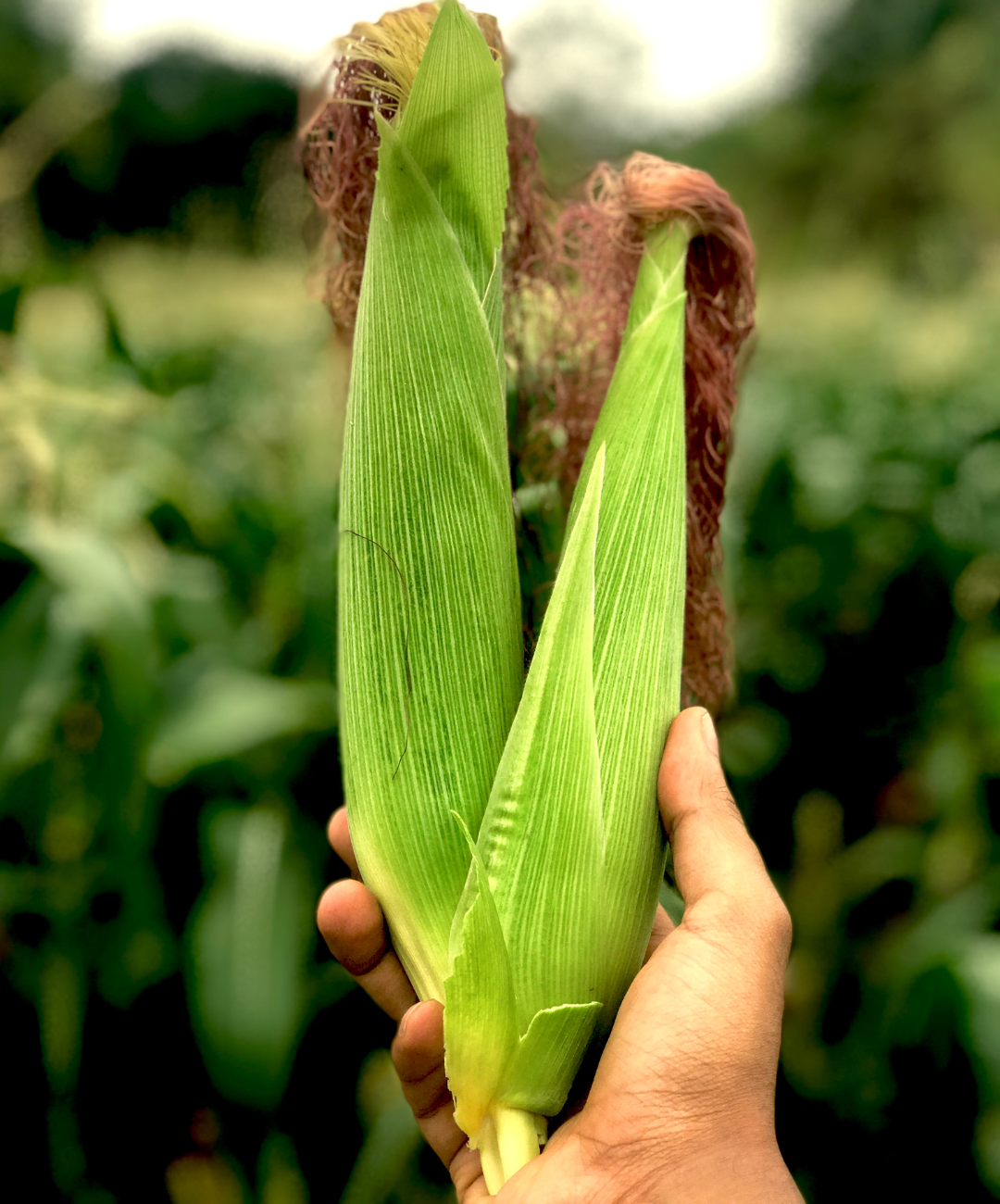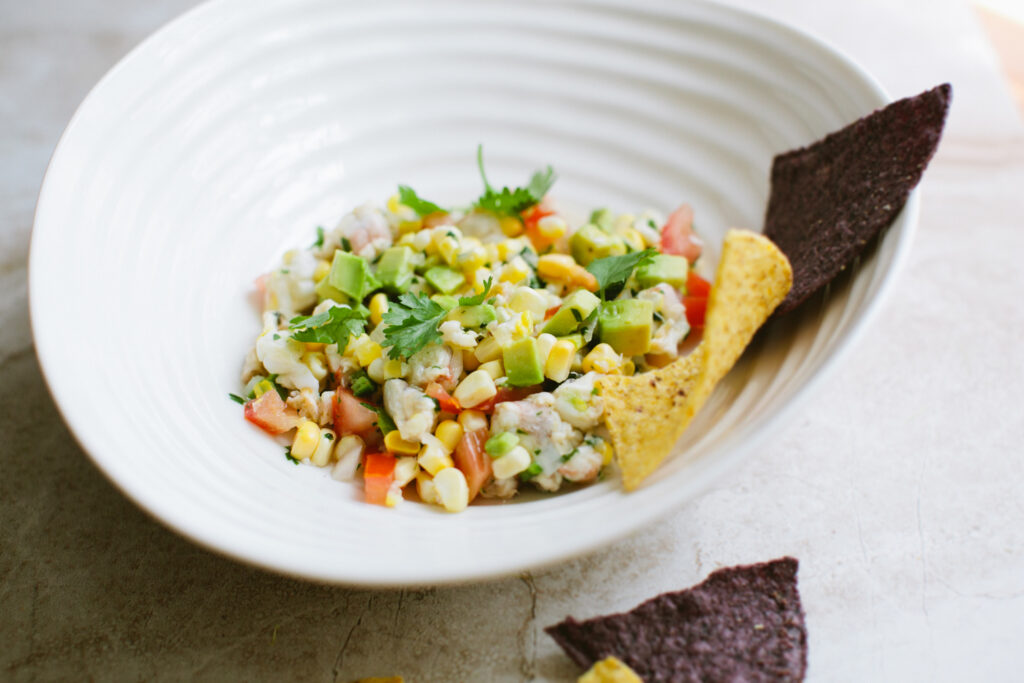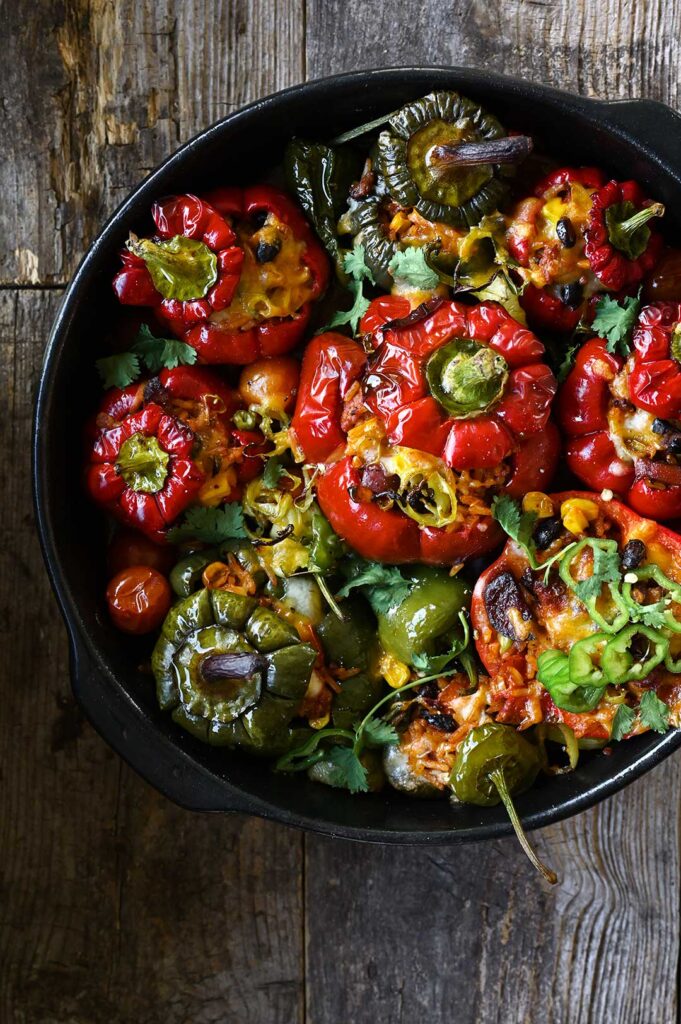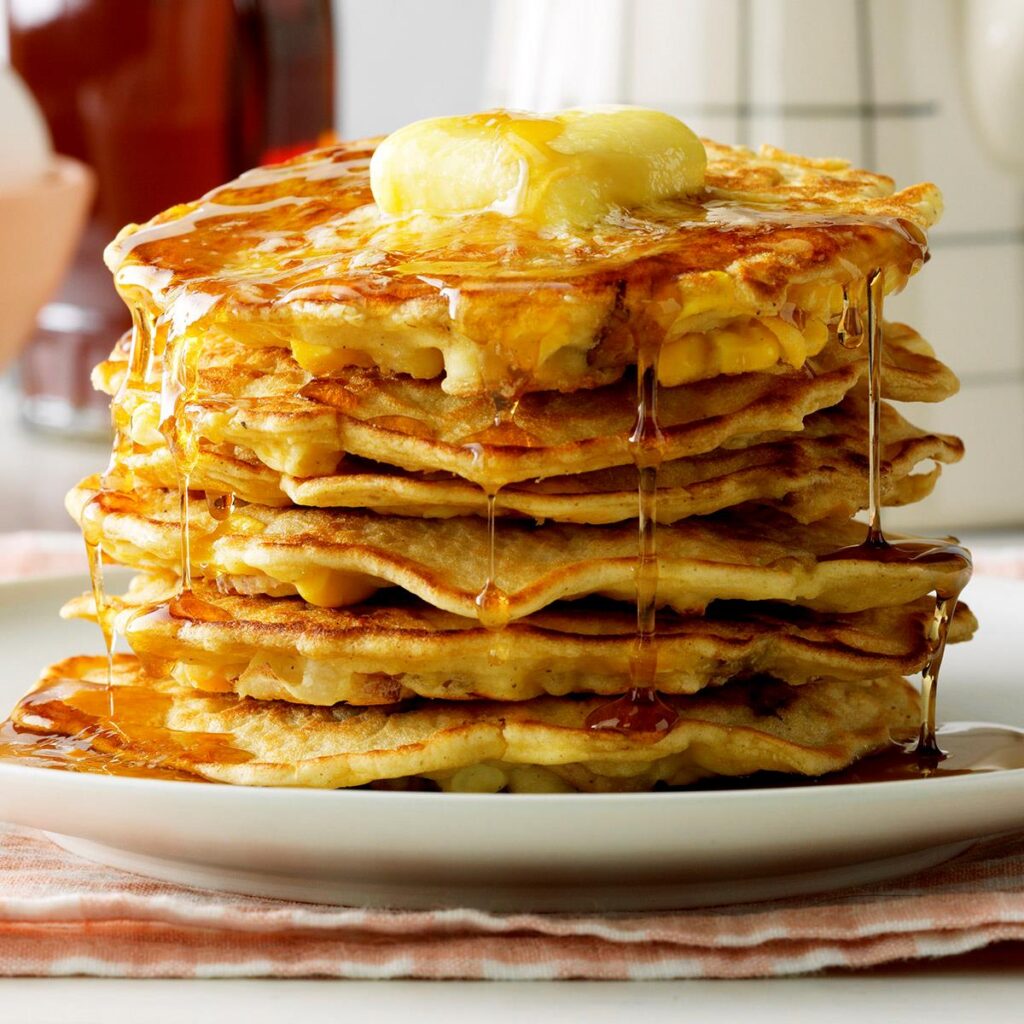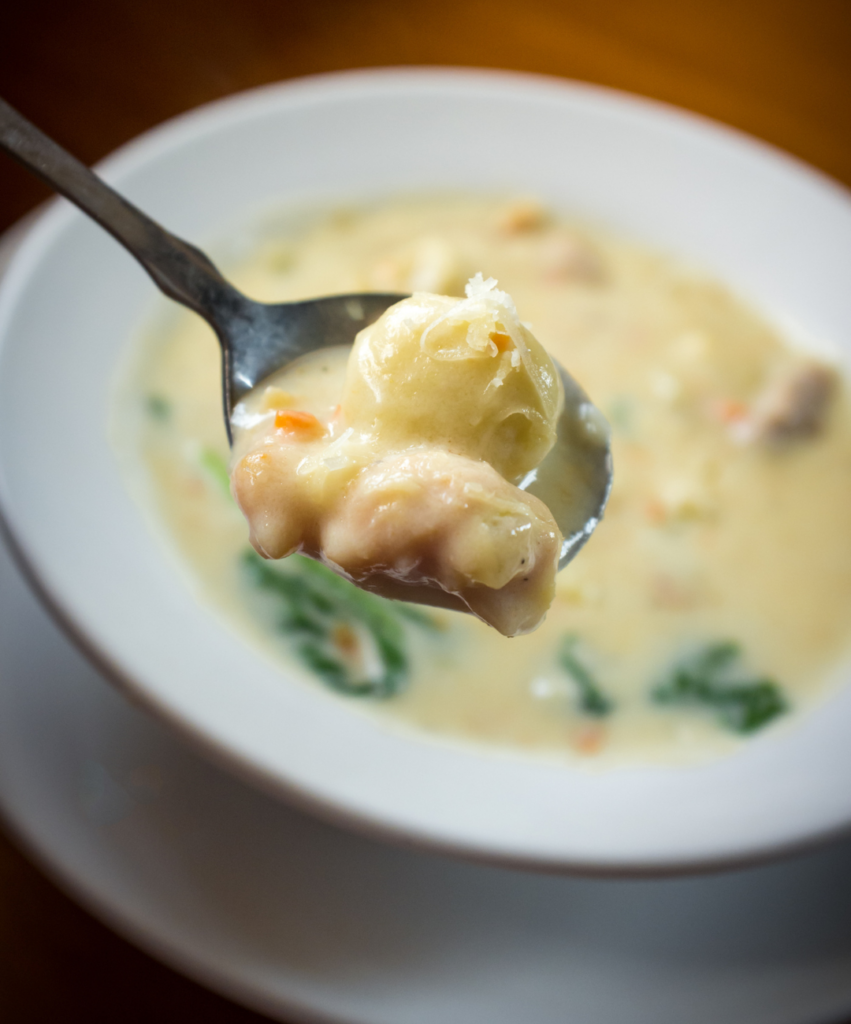
Running a successful coffee shop is no walk in the park—it’s a grind. To stand out from the competition, you need to brew up some unique ideas that capture your customers’ attention. One way to do this is by focusing on high-quality, unique ingredients that make your coffee shop the talk of the town. Here’s a breakdown of how you can use ingredients to bean the best around (pun intended).
Offer a Diverse Range of Non-Dairy Milks
Offering non-dairy milks is no small coffee feat. It’s about catering to vegan customers, those with dietary restrictions, and those that just want to stay on top of coffee trends, so your coffee shop is welcoming to everyone. Almond milk brings a nutty flavor, coconut milk offers a sweet twist, and oat milk is rich and creamy. By giving your customers a latte choices, you show that you’re serious about providing a tailored coffee experience.
- #98291 – Almond Milk
- #34119 – Califia Almond Milk
- #2154 – Coconut Milk
- #4191 – Califia Oat Milk
- #93048 – Soy Milk

Embrace Local and Organic Dairy
If you’re udderly committed to quality, consider embracing local and organic dairy products. Sourcing from local farms ensures your dairy is fresh and supports the community, while organic options appeal to the health-conscious crowd. Featuring products like milk and cream from nearby sources gives your coffee shop a wholesome feel. It’s a moo-ving way to show your dedication to quality.
OH & KY
- #23275 – Chaney’s KY Whole, 4/GAL
- #34025 – Legacy KY Whole, 4/GAL
- #23258 – Snowville OH 2%, 9/64OZ
- #18667 – Swallow Hill OH Whole, 4/GAL
- #23299 – Chaney’s KY Chocolate, 9/Half GAL
COLORADO
- #20702 – Morning Fresh CO 1%, 1 GAL
- #20352 – Morning Fresh CO Whole, 1 GAL
- #19815 – Morning Fresh CO Chocolate, 1 GAL
- #24505 – Royal Crest 2% Half Gals, 6CT
- #19821 – Organic Valley Whole, 4/1GAL
Take it to the next level: Make sure you are telling your coffee fans where your milk comes from. Think about including a map or sign to introduce the herd producing the milk you source.

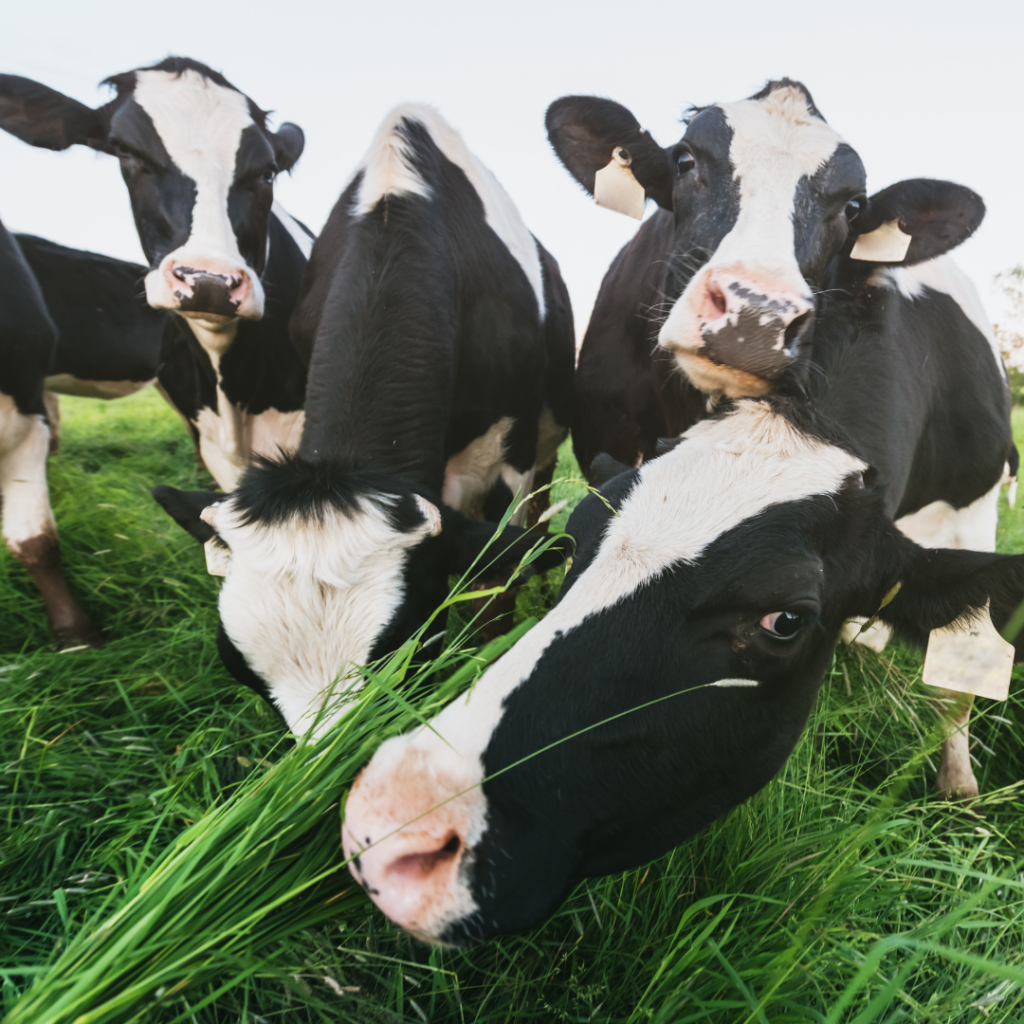
Experiment with Flavored Syrups and Spices
Flavored syrups and spices are a great way to keep your coffee menu brewing with excitement. Get creative with chai, ginger, lavender, and pomegranate syrups. These can add a shot of flavor to your drinks, giving customers a unique experience every time they order. Seasonal spices like cinnamon and nutmeg can make your coffee shop the hottest spot when the weather gets chilly, whereas lavender or strawberry can keep it fresh in the spring. With over 45 flavors, Monin has options from Almond to White Chocolate and everything in between to really get your creativity going.
Take it to the next level: Create unique spice blends for your lattes and cappuccinos, drawing inspiration from cuisines around the world. You can even offer “world tour” coffee drinks, each featuring a different cultural twist, keeping your menu as fresh as your coffee.
Encourage your patrons to come up with your next big flavor combo with a contest to recommend the next creative drink!
- #97854 – Chai
- #97849 – Ginger
- #97883 – Lavender
- #97880 – Pomegranate
- #97831 – Swiss Chocolate
Search “MONIN” on the app for their 45+ flavors!
Looking for inspo? Monin has hundreds of recipes on hand for creative coffee and tea recipes using their flavors!


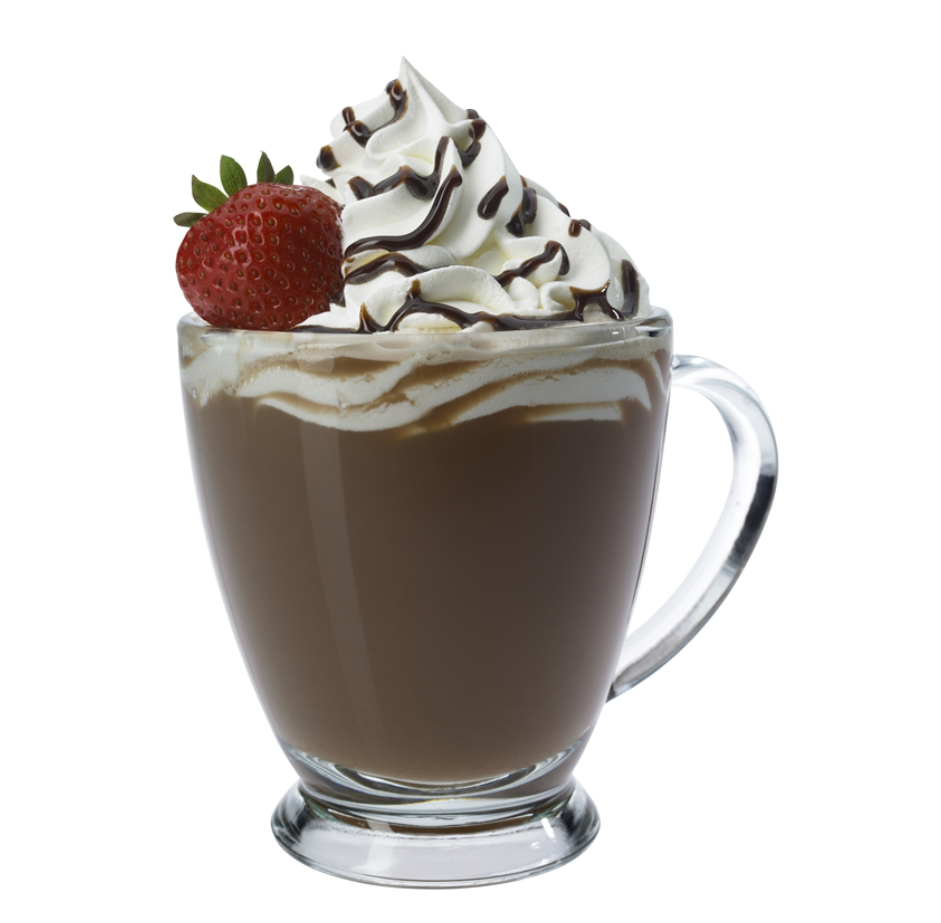
Curate an Extensive Tea Selection
Tea is another brew-tiful way to stand out. A diverse tea selection appeals to a wider audience, and offering everything from classic black tea to herbal blends creates more reasons for customers to visit. Consider featuring local and organic teas to boost your shop’s sustainability cred. This way, even if someone isn’t feeling a cup of joe, they can still steep into something delightful.
Take it to the next level: Offer a “tea flight” where customers can sample a selection of teas, much like a wine tasting. Or have a special teatime each day with finger sandwiches, scones and tea cookies available as a platter.
- #23304 – Matcha Powder, 100gram
- #99633 – Blueberry Hibiscus, 50CT
- #99651 – Chamomile Medley, 50CT
OH/KY/TN/IL/IN
- #22704 – Bluegrass Breeze, 48/1OZ
- #99588 – Tiger Spice Chai, 4LB
- #99348 – Masala Chai Concentrate, 12/32OZ
- #99532 – Peach Blossom, 1LB
- #97990 – Iced Classic Black Tea, 24/1GAL
COLORADO
- #19525 – Chai Concentrate, 6/32OZ
- #23503 – Colorado Green Tea, 50CT
- #23502 – Colorado Chamomile, 50CT
- #23487 – Colorado Iced Hibiscus, 12/12OZ
- #99634 – Early Grey, 50CT
- #99633 – Blueberry Hibiscus, 50CT
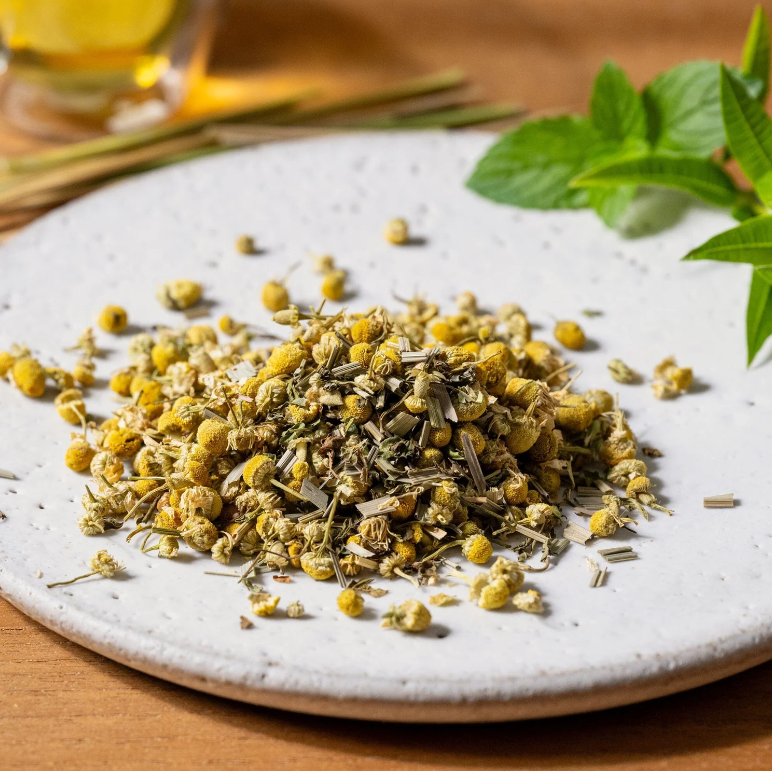


Have a Variety of Delicious Grab & Go Pastries and Food Items
There is no need to have a full kitchen to show that your coffee shop has the recipe for success. Consider curating specialty baked goods like muffins, croissants and other pastries baked fresh and brought to you by What Chefs Want. By going the extra mile with delicious options you’ll have customers buzzing with excitement about your shop.
Take it to the next level: Make sure to include gluten free and dairy free options for your guests who may appreciate the extra care for their dietary restrictions.
- #90468 – Croissant – Ghyslain
- #95776 – Macarons – Ghyslain
- #18938 – Grandola Granola – Ellas – GF
- #90246 – Rolled Wafer Cookies
- #33997 – Yumbana Chocolate Chip Cookies – GF
- #33986 – Yumbana Blueberry Muffins – GF
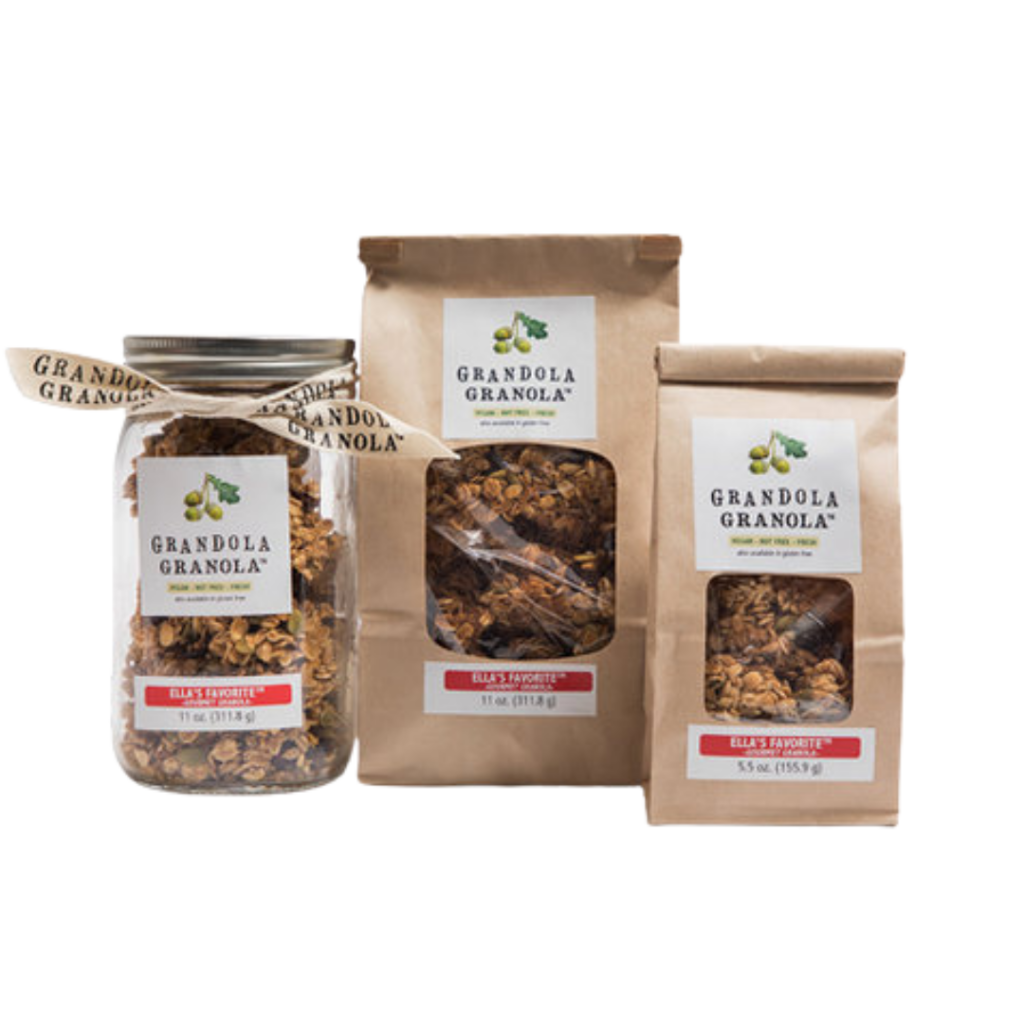


Prioritize Sustainability and Eco-Friendliness
Many customers prioritize sustainability and eco-friendliness when choosing where to spend their money. Set yourself apart by using compostable cups, lids, and utensils. Offer incentives for customers who bring their reusable cups, and implement recycling and composting programs. Share your sustainability efforts with customers to show your commitment to being responsible stewards of the environment.
- #99381 – Compostable Eco Cup 12OZ, 1000CT
- #99382 – Compostable Eco Cup 16OZ, 1000CT
- #99303 – Compostable Eco Lid 10-24OZ, 1000C
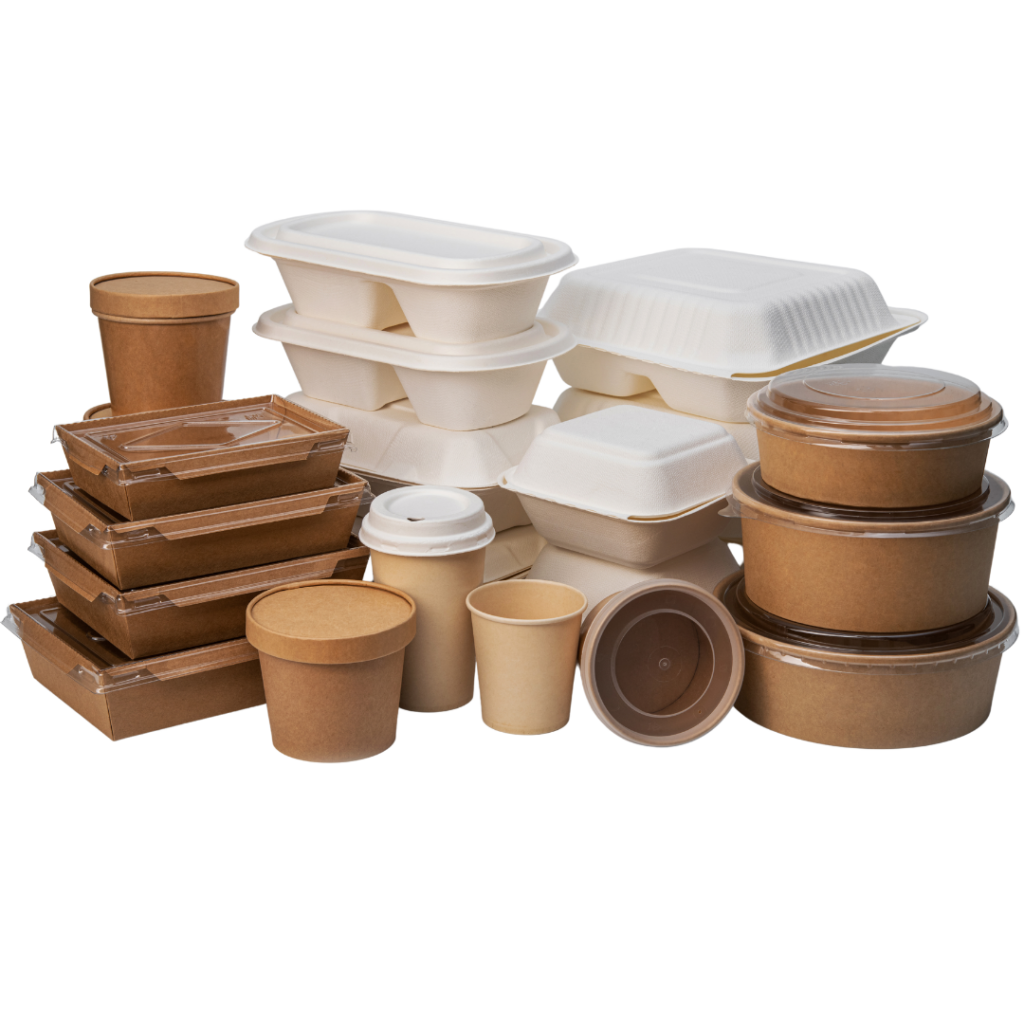
With these tips, you can create a coffee shop that’s the cream of the crop. Whether it’s through specialty drinks, carefully curated milks, or delicious pastries, the key is to serve up something unique that keeps customers buzzing. With the right combination of quality and creativity, your coffee shop will be steaming ahead of the competition in no time.
And of course – if you are looking for even more coffee shop essentials, search COFFEE on the app or ordering website to see the hundreds of options available, including many of the everyday essentials that you need.
- #98206 – Filters, 2GAL, 500CT
- #99094 – Wooden Stirrer 7″, 5000CT
- #99319 – Espresso Cleaner, 12/20OZ
- #99160 – Hot Paper Cup 16OZ, 1000CT
- #99095 – Hot Lid 12-20OZ, 1000CT
- #10584 – Cold Cup Sip Lid 12-24OZ, 1000CT
*All products may not be available in each region. Please check the app or reach out to your customer advocate for availability.

